The Ultimate Handbook for Japanese Baseball

Japanese baseball games have a unique fan culture compared to American baseball traditions. Games consistently start at 6 pm in Japan, right after the workday ends. This allows fans to attend games more easily and influences the overall experience. Fans spend less time cheering and more time socializing with food, drinks, and conversation during the game.
In Japan, baseball games are treated more as social events rather than intense competitions between opposing teams. Fans cheer politely when appropriate but otherwise chat and dine with friends and colleagues. The start times make attending convenient after work. In contrast, American fans are more raucous and invested in cheering for their home team against the visitors.
Japan's consistent 6 pm start time enables fans to easily attend games after finishing their workday. This makes baseball games accessible and a regular part of Japanese social life. Fans can reliably expect to meet up with the same groups of friends and coworkers. The timing also influences the atmosphere to be more relaxed and social instead of the intense experience common at American baseball stadiums.
Baseball games are treated as social events in Japan. Fans spend plenty of time drinking, eating, and chatting in their seats while the game goes on. Special bento boxes and beer vendors regularly circulate the stands. The socializing is only paused when the home team is batting and politeness dictates fans should cheer them on. Otherwise, baseball games provide a convenient way for Japanese friends and coworkers to regularly meet up and unwind after work.
Navigating the Nippon Professional Baseball League
The Nippon Professional Baseball (NPB) league consists of two divisions - the Central League and the Pacific League. Each league has six teams that play a 144-game schedule from late March through early October. The teams are owned by major Japanese corporations rather than individuals, which leads to some interesting team names like the Nippon Ham Fighters.
Central and Pacific Leagues
The Central League tends to play a more small-ball style of baseball with more sacrifice bunting and hit-and-run plays. The Pacific League incorporates more power hitting and has used the designated hitter rule since 1975. There are some legendary rivalries between the teams in each league, especially the Yomiuri Giants and Hanshin Tigers.
Designated Hitter Rule
The designated hitter rule allows teams to use another hitter instead of the pitcher in the batting order. This often leads to more offense. The Pacific League adopted the DH rule in 1975, but the Central League did not and pitchers still hit there. The difference in rules is one thing that distinguishes the two leagues.
Japan Series
At the end of each season, the league champions from the Central and Pacific leagues meet in the Japan Series, a best-of-seven series to determine the overall champion. The Japan Series is a major event covered intensely by the Japanese media. Winning the Japan Series is considered a great honor and achievement for NPB teams.
The NPB may not get as much global attention as Major League Baseball, but it has a rich history and culture all its own, as evidenced by the distinctions between the two leagues. The league champions covet the Japan Series crown each year.
Deciphering the Technical Elements of Japanese Baseball
There are several key differences between the technical rules and elements of Japanese baseball compared to Major League Baseball (MLB) in the United States. Understanding these nuances provides insight into how they impact gameplay and strategy.
Smaller Baseball and Playing Field
In the Nippon Professional Baseball (NPB) league, teams use a slightly smaller baseball with better grip to allow for more movement when pitching and fielding. Additionally, the playing field itself tends to be more compact - some NPB stadium dimensions would actually violate the minimum requirements for MLB fields.
Narrower Strike Zone
The strike zone in Japanese baseball is more narrow, especially on the inside part of the plate. This forces pitchers to focus more on location and movement rather than just speed. Batters in the NPB adjust their approach as well, using a shorter, more compact swing.
More Breaking Pitches
With the narrower strike zone, Japanese pitchers rely more on off-speed and breaking balls rather than fastballs. The combination of the altered strike zone, smaller baseball, and pitching strategy leads to a greater emphasis on defensive play.
Fewer Mound Visits
Managers in NPB leagues also get fewer opportunities to visit the mound during a game compared to MLB. This restricts the ability to discuss situational strategy, further increasing the onus on pitchers and catchers to be in sync.
These subtle technical differences influence the essence of baseball in Japan, shaping distinctive gameplay elements. While the spirit of the sport remains at the heart, understanding the nuances provides a deeper appreciation.
Embracing the Rich History of Japanese Baseball
Baseball has a long and storied history in Japan, tracing back to its introduction in the late 19th century. The game quickly took root and spread in popularity, shaping the landscape of Japanese sports for generations.
Origins and Early Growth
Baseball was first introduced to Japan in 1872 by American professor Horace Wilson, who taught the game to his students at the Kaisei Academy in Tokyo. Other visiting Americans and Christian missionaries helped popularize baseball in the following years, establishing some of the first Japanese teams like the Shimbashi Athletic Club in 1878.
By the early 20th century, baseball fever was sweeping Japan. High school, university, and company teams sprouted up across the country, fostering intense rivalries like the legendary Keio-Waseda matches starting in 1903. These games drew large, enthusiastic crowds that demonstrated baseball's rising popularity.
Deepening Ties with American Baseball
As baseball grew in Japan, strong connections developed with the American game. Japanese university teams like Waseda embarked on baseball tours of the United States as early as 1905 to learn from their American counterparts. From 1908-1935, American professional teams reciprocated with annual post-World Series visits to play exhibition games in Japan.
The development of Japanese professional baseball in the 1920s and 30s intensified this baseball diplomacy. Shōriki Matsutarō's Yomiuri Giants, founded in 1934, convinced an American all-star team including Babe Ruth and Lou Gehrig to tour Japan that year. This tour brought baseball fever to new heights and paved the way for Japan's first professional league in 1936.
Baseball and Postwar Rebuilding
Baseball's popularity dipped during World War II, but General Douglas MacArthur called for its revival as a diversion for the Japanese people. Nisei stars like Wally Yonamine helped rebuild ties through their play. Yonamine overcame prejudice to become a pioneer who popularized an aggressive American style of play.
The game continued growing in popularity, leading to the establishment of Nippon Professional Baseball and its two leagues in 1950. Over the next decades, icons emerged on both sides, like Giants slugger Sadaharu Oh and Hideo Nomo, the first Japanese MLB star. Their achievements strengthened the baseball bonds between Japan and America.
Engaging with Japanese Baseball Today
Japanese baseball continues to captivate fans both in Japan and around the world. For those looking to follow Nippon Professional Baseball more closely, there are a variety of great resources available.
Follow Daily Action
Sites like r/NPB on Reddit provide game summaries, statistics, analysis, and discussion on a daily basis during the NPB season. English language blogs like Japanese Baseball also offer game recaps and news to help fans keep up with the league.
Deepen Your Knowledge
By exploring sites like NPB Tracker, fans can access extensive statistics databases to analyze player and team performance. For learning more about the culture and history of the game, books like Robert Whiting's You Gotta Have Wa provide great insight.
Experience the Energy and Passion
The atmosphere and enthusiasm at NPB games are unmatched. Watching condensed game footage and highlights on YouTube channels like Pacific League TV allows fans abroad to get a taste of it. But the only way to truly appreciate Japanese baseball is to see a game in person someday.
With the resources available today, it's never been easier to follow and understand this captivating league on the other side of the world.
Conclusion
As the sun sets on the verdant field, the crowd erupts in a chorus of cheers, echoing the vibrant energy that like a kaleidoscope, permeates Japan's baseball legacy. The crack of the bat, the whoosh of the ball through the air, and the pattern of cleats on the dirt join in a symphony that is a testament to this enthralling pastime. Japanese baseball is not simply a game; it's a masterful blend of discipline, tradition, and pure sporting joy.
If you've been enamored by this spirited journey through the undeniable allure of Japanese baseball, buckle up, because there's an unforgettable adventure waiting to unfold in the Land of the Rising Sun! Dive headfirst into the mesmerizing world of Japanese baseball, root for your favorite teams, and allow yourself to be captivated by the essence of this captivating sport. Don't forget to share your own experiences and stories with us!
So, grab your baseball cap, your cheering voice, and your love for the game, and let's explore Japanese baseball together. Go out there and play ball!




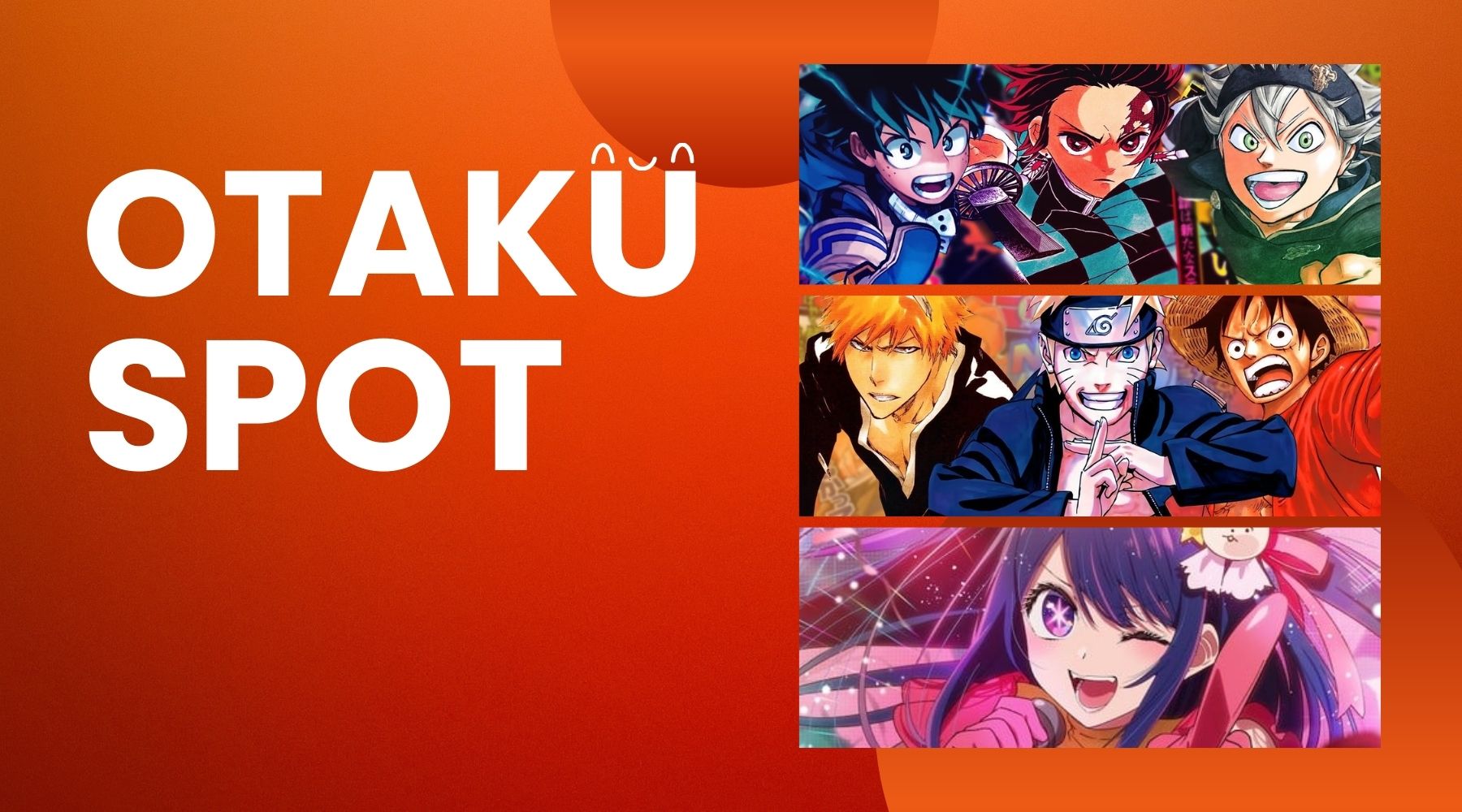
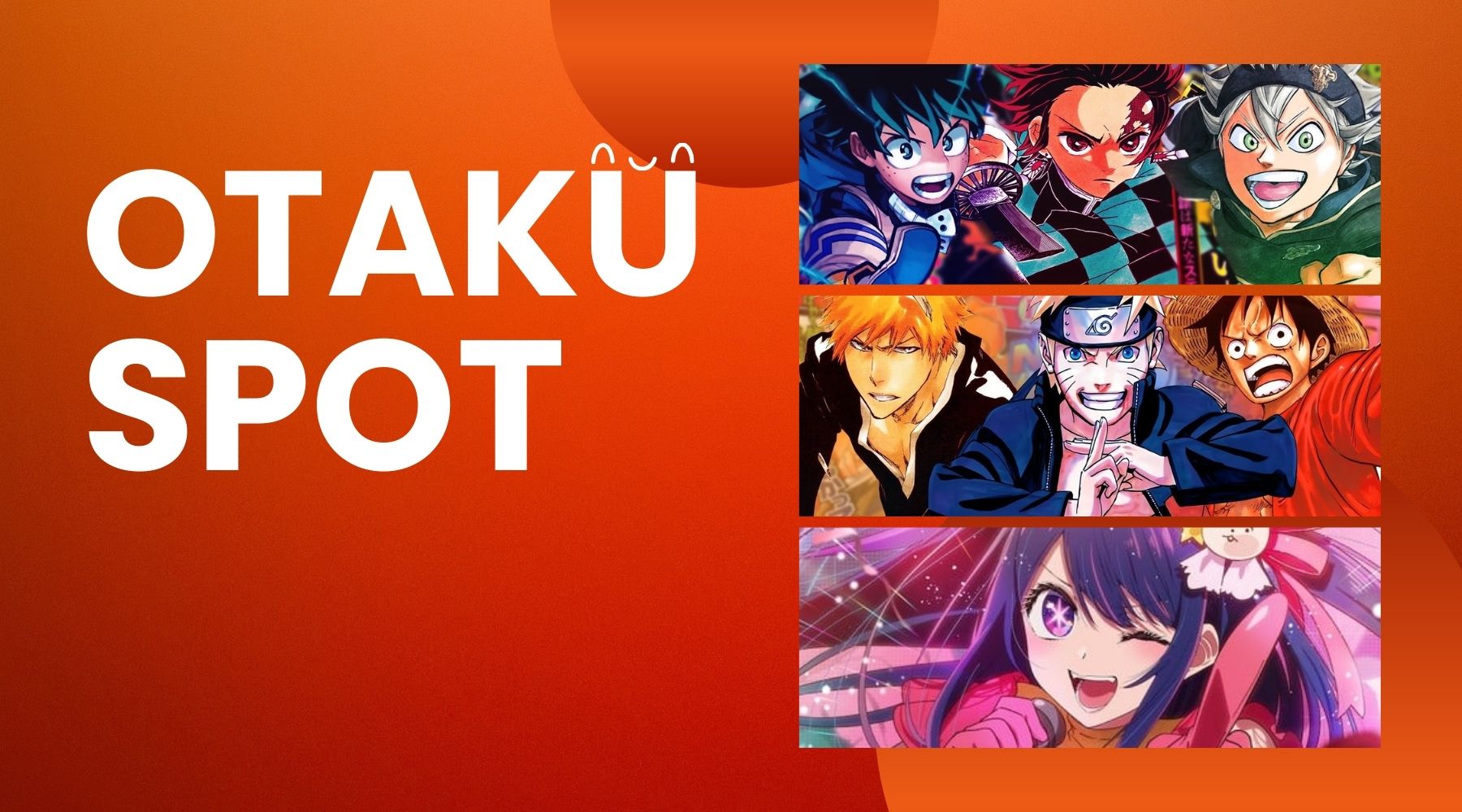
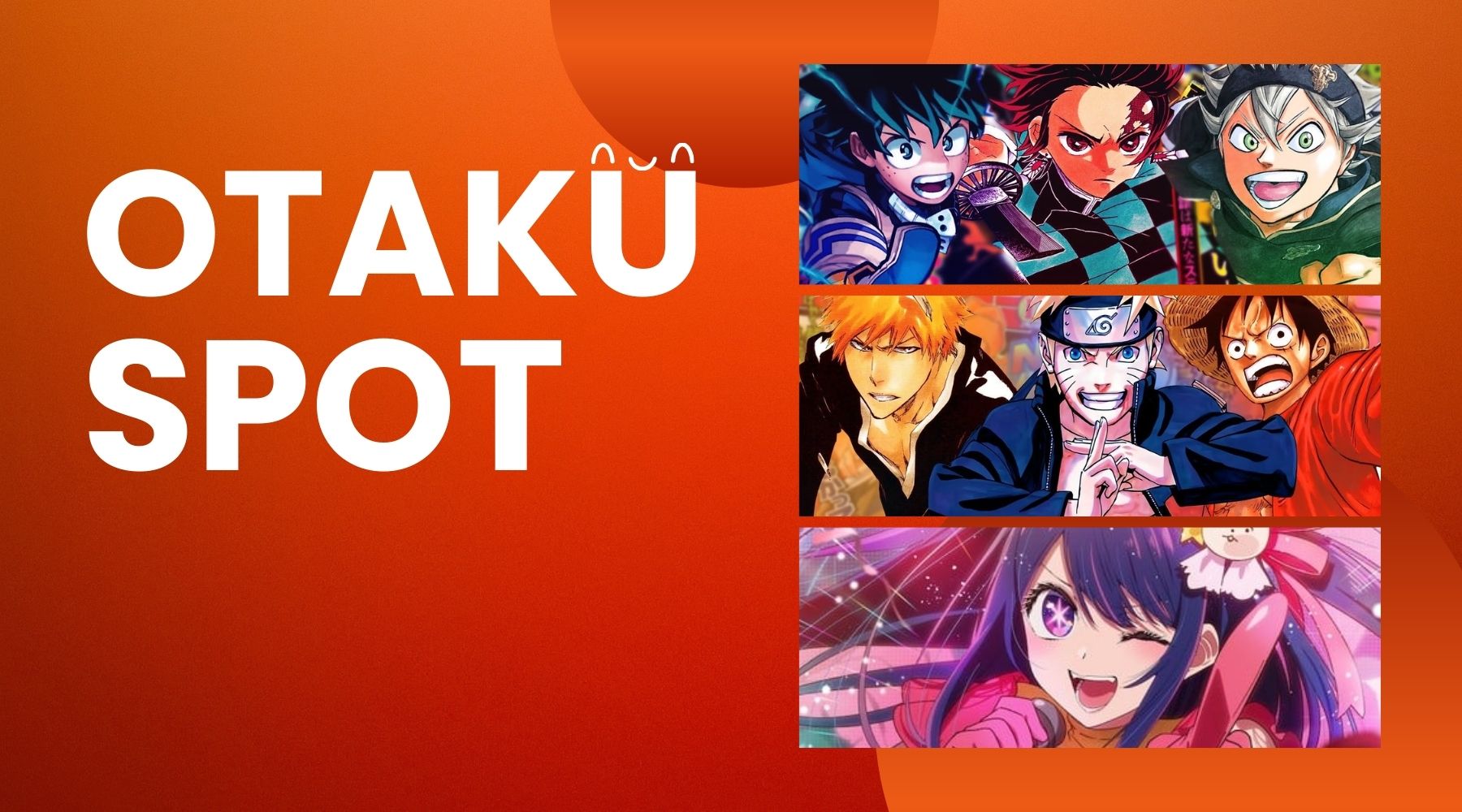
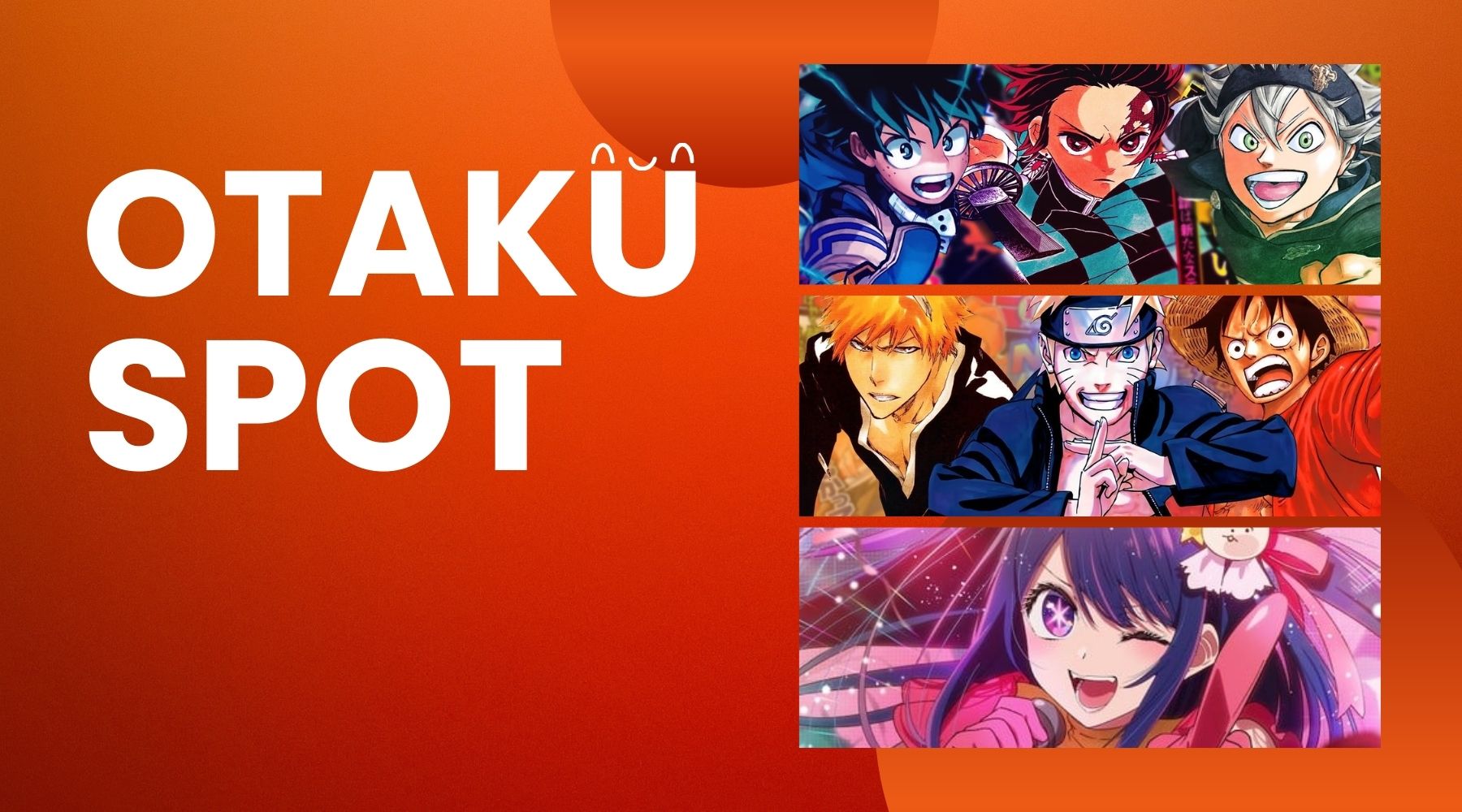
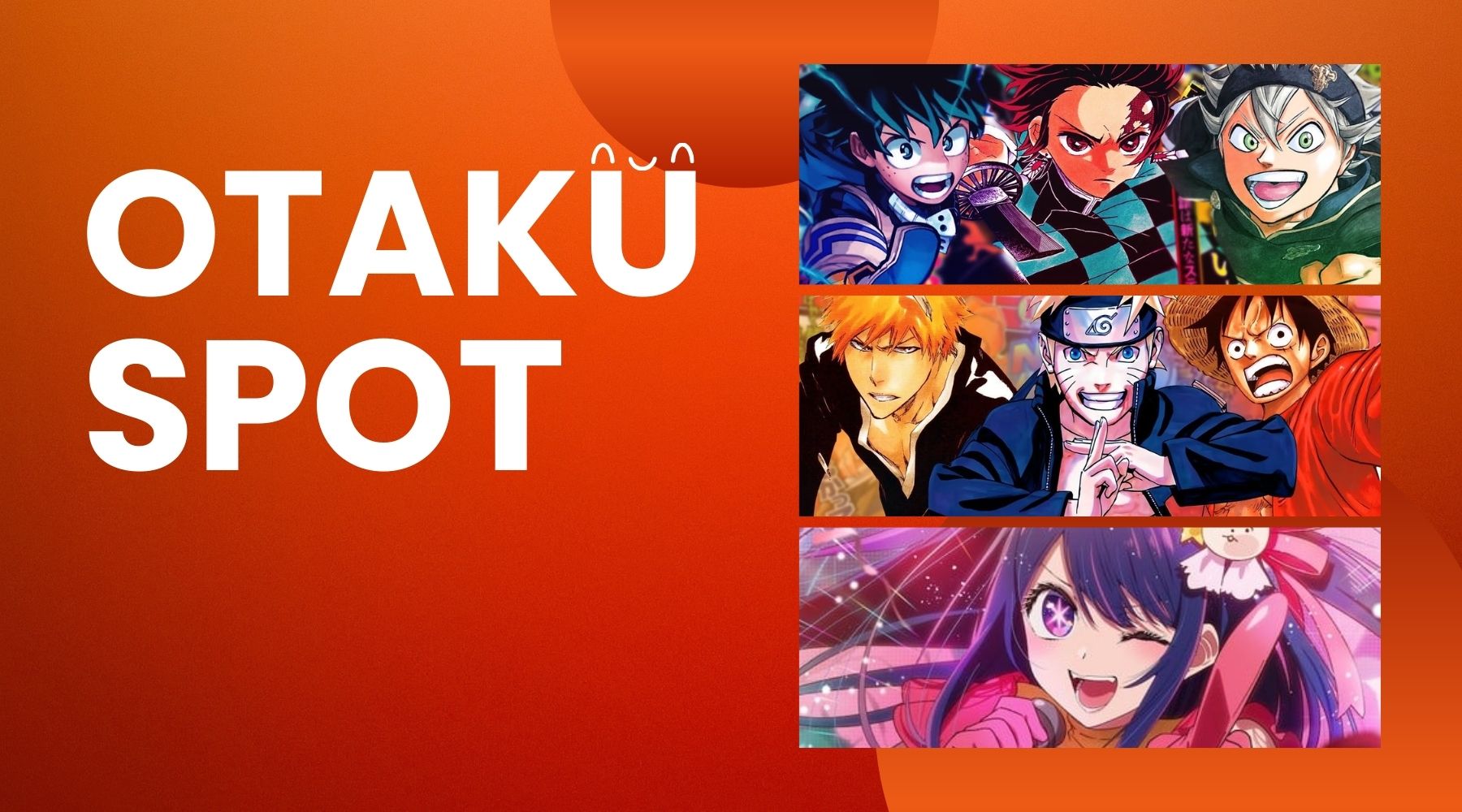
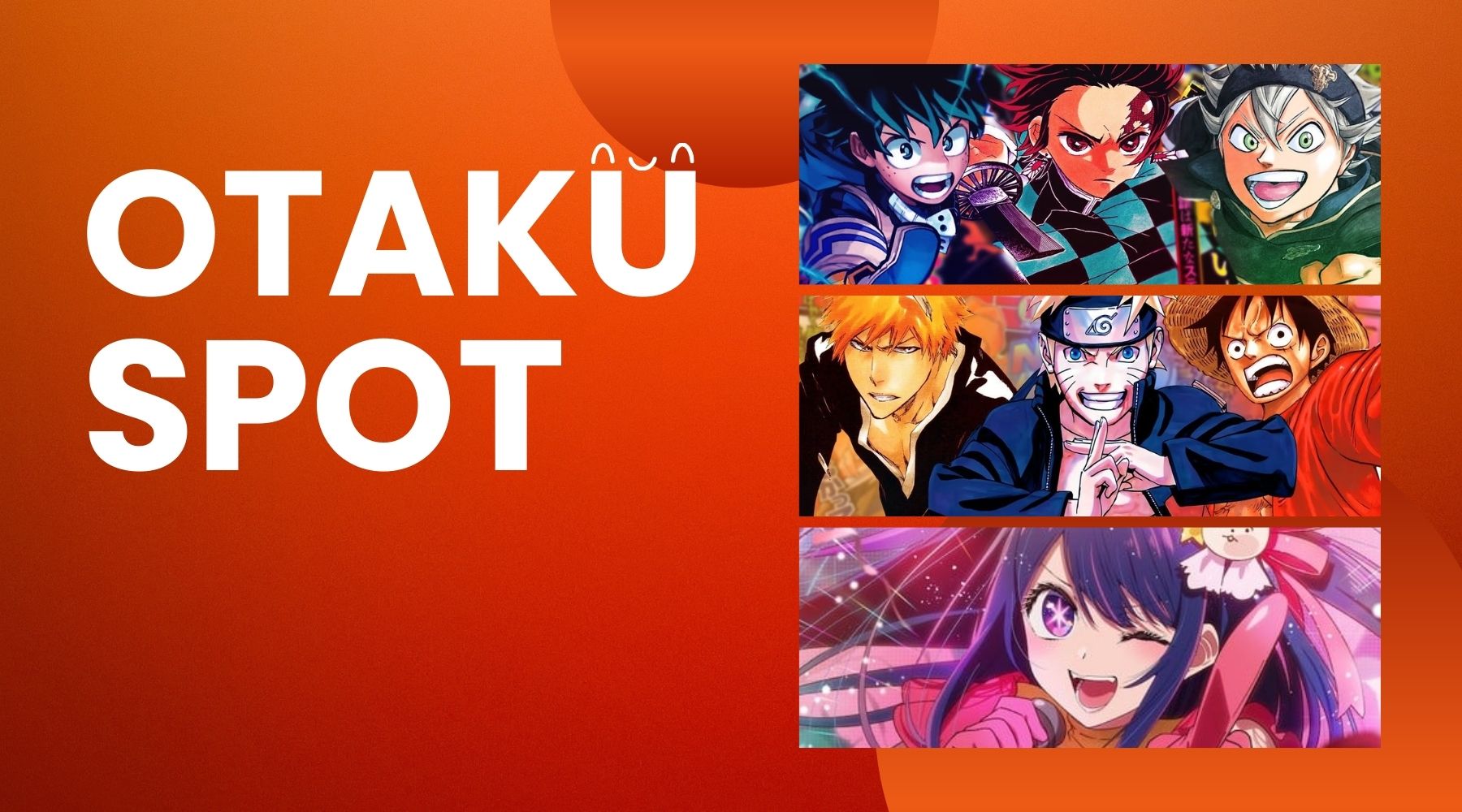
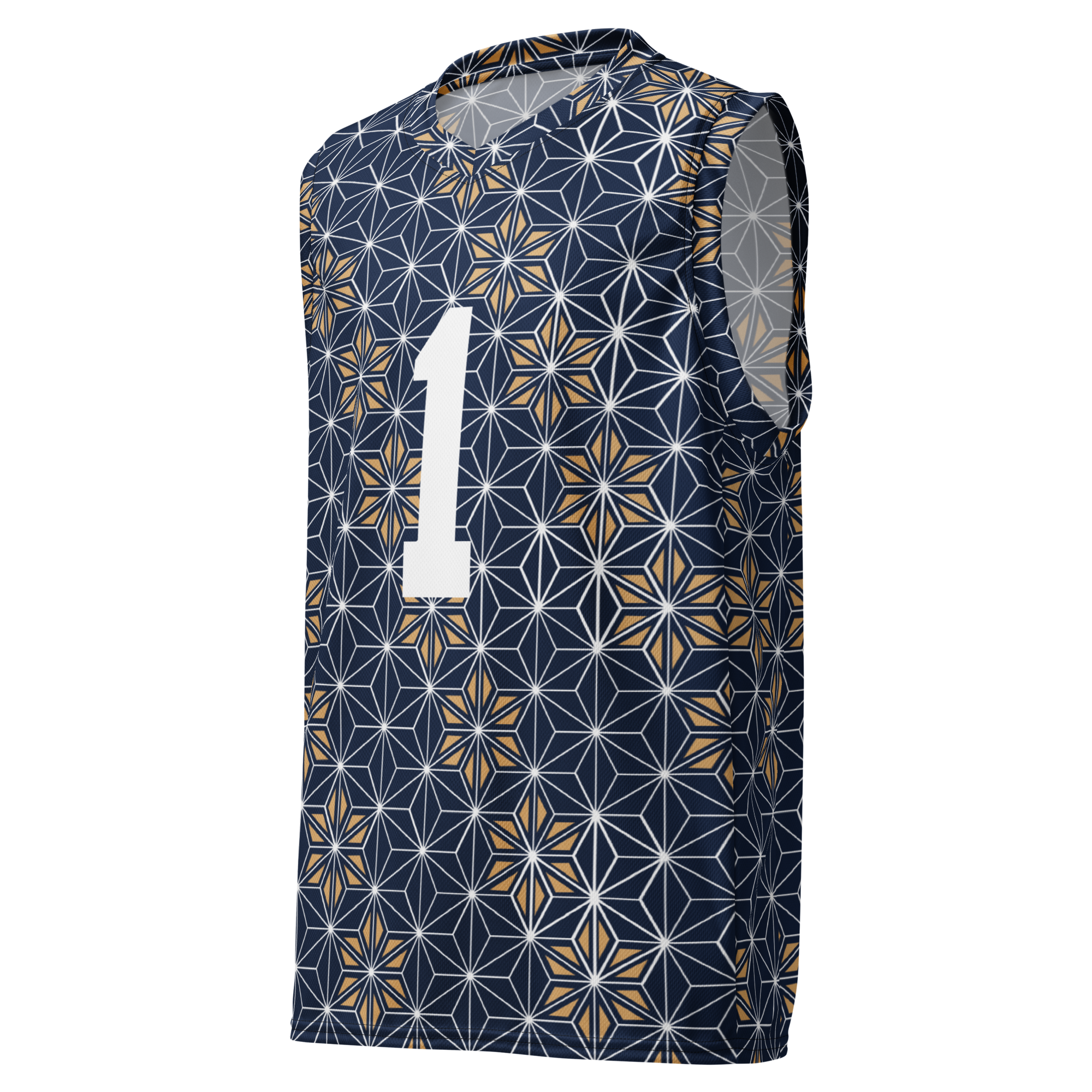
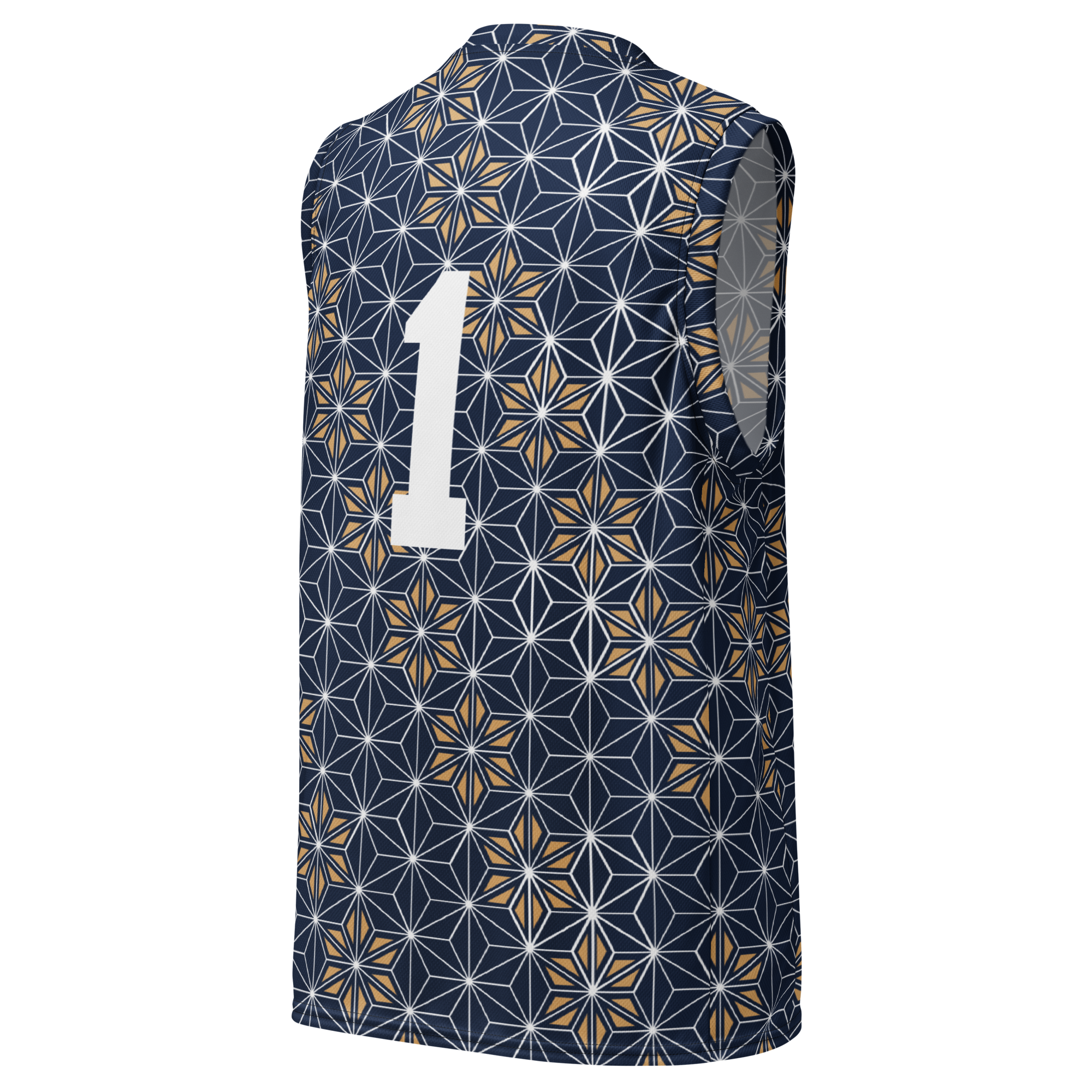
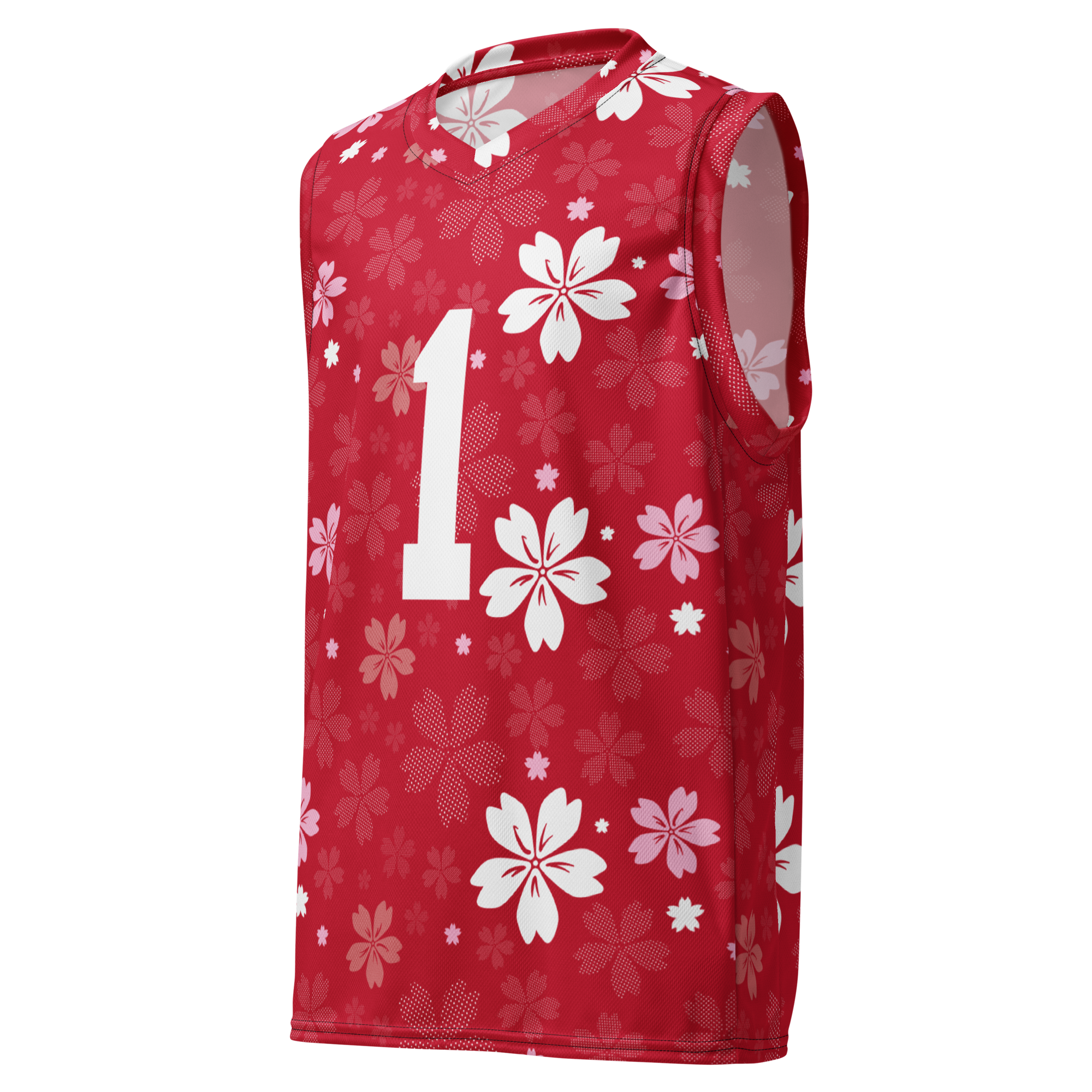
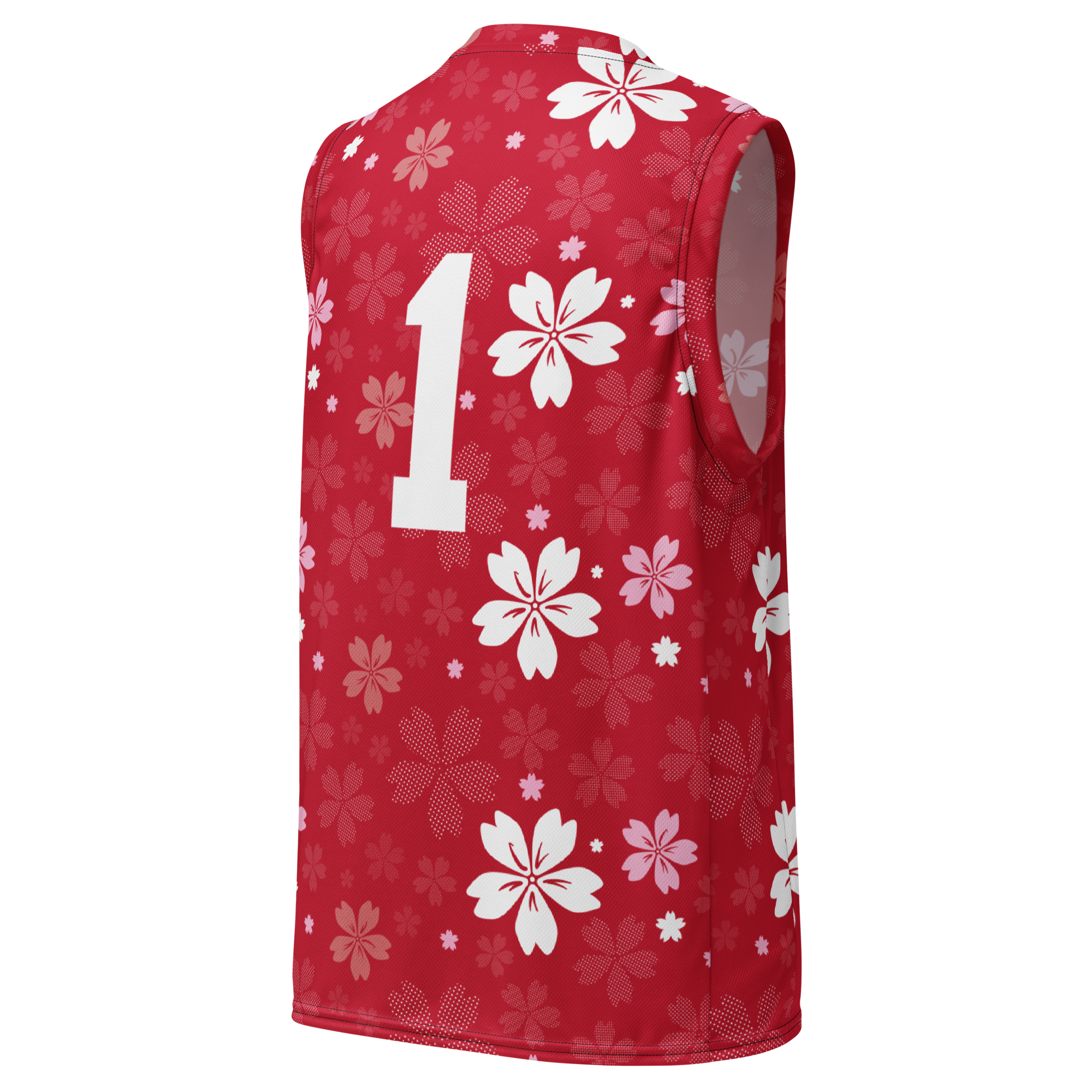
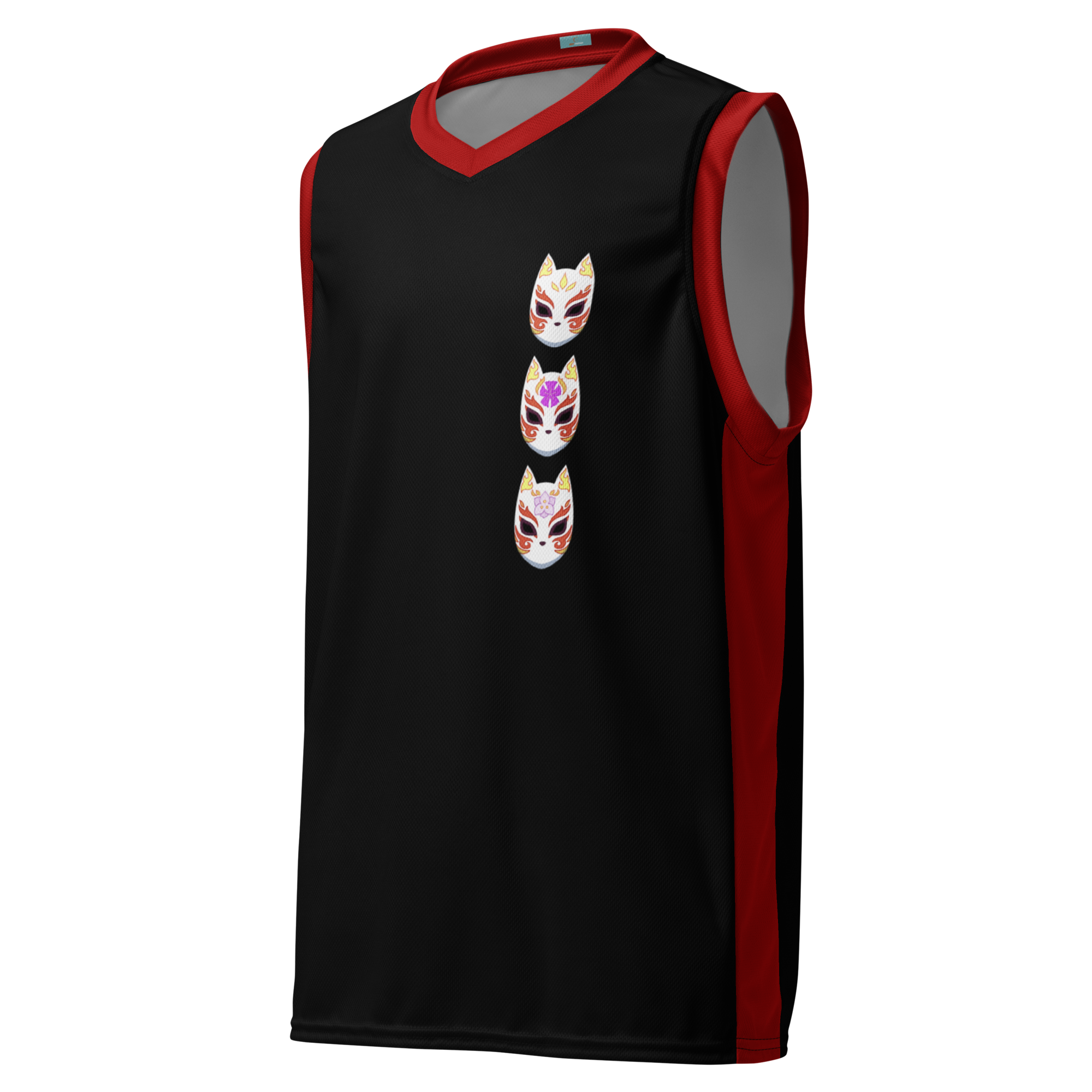

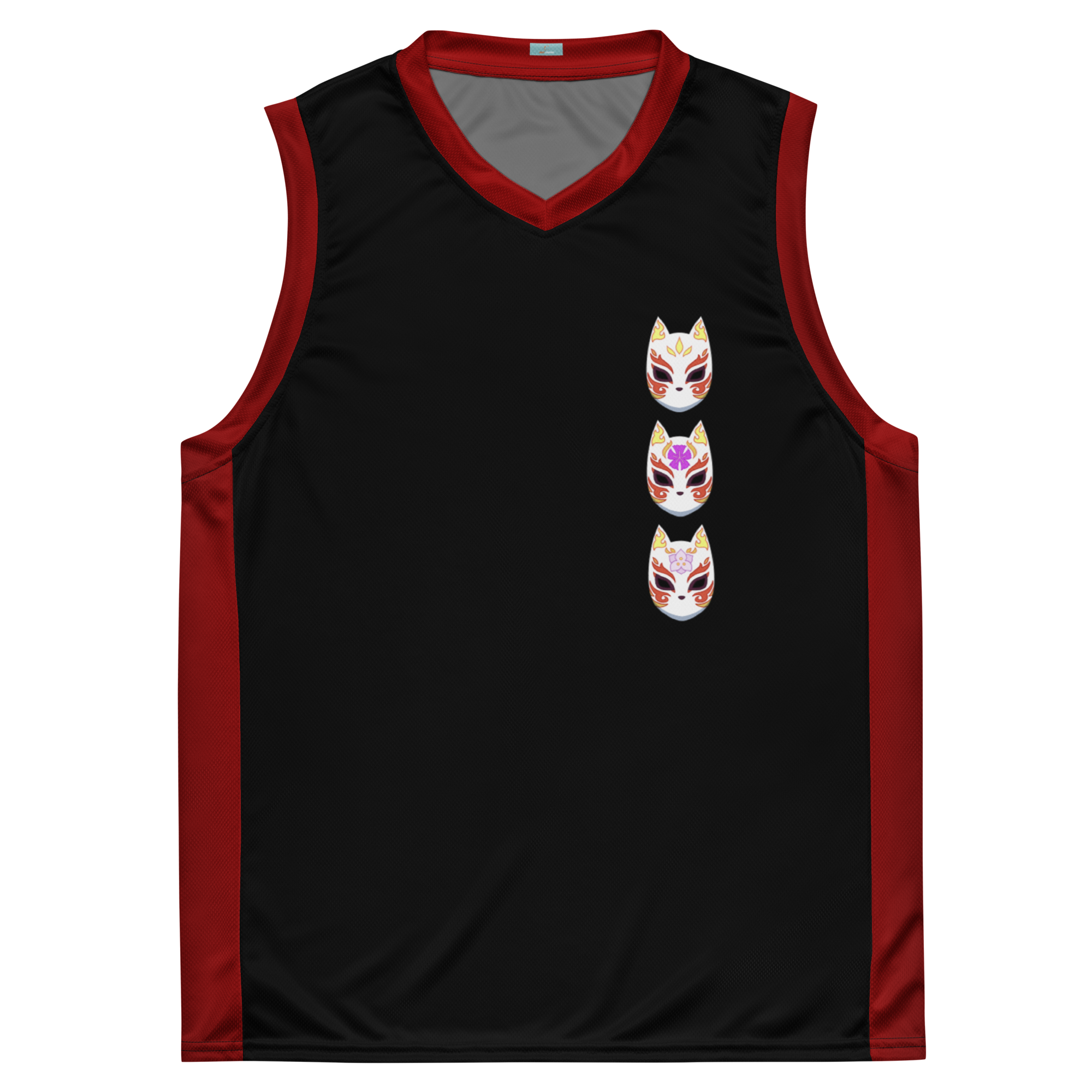
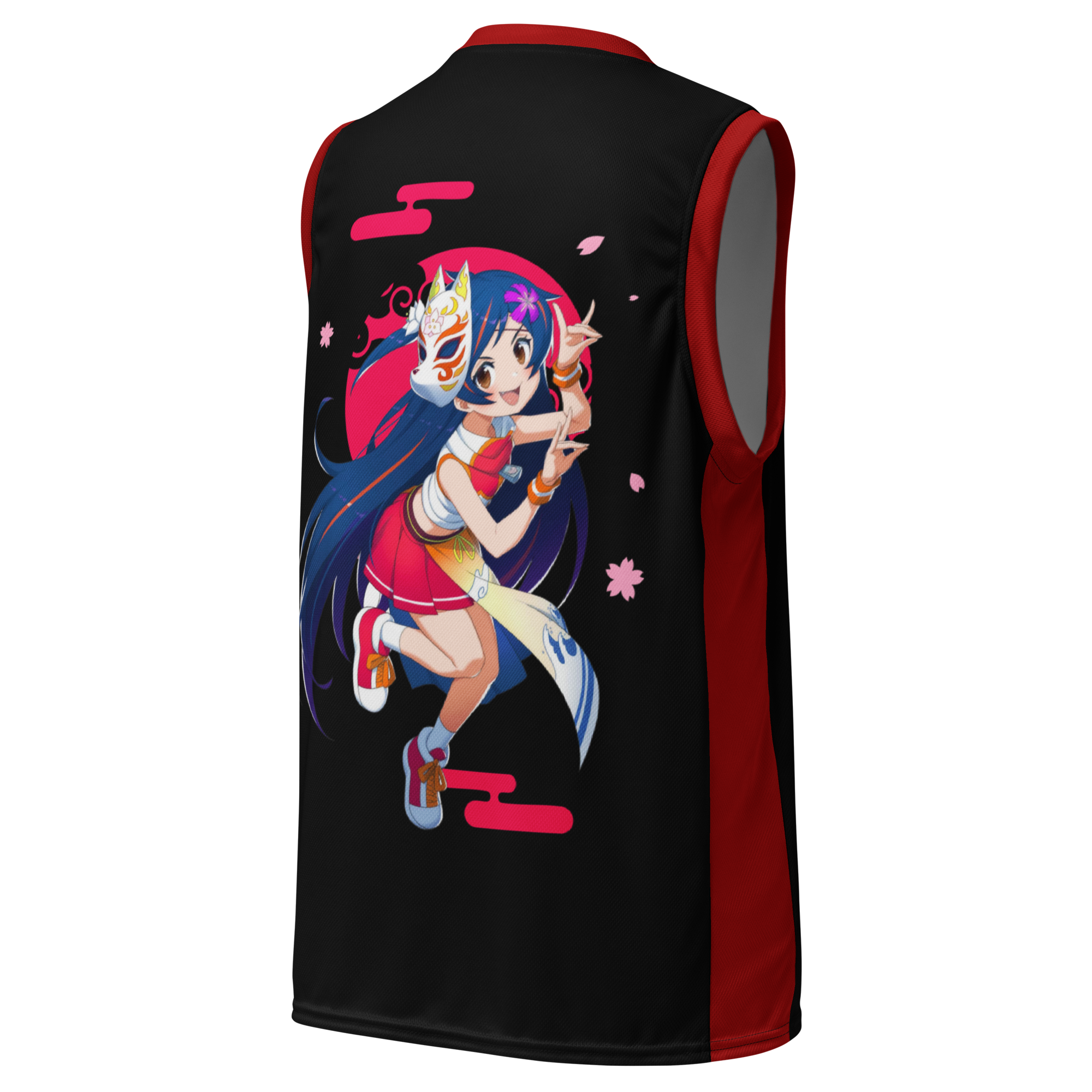
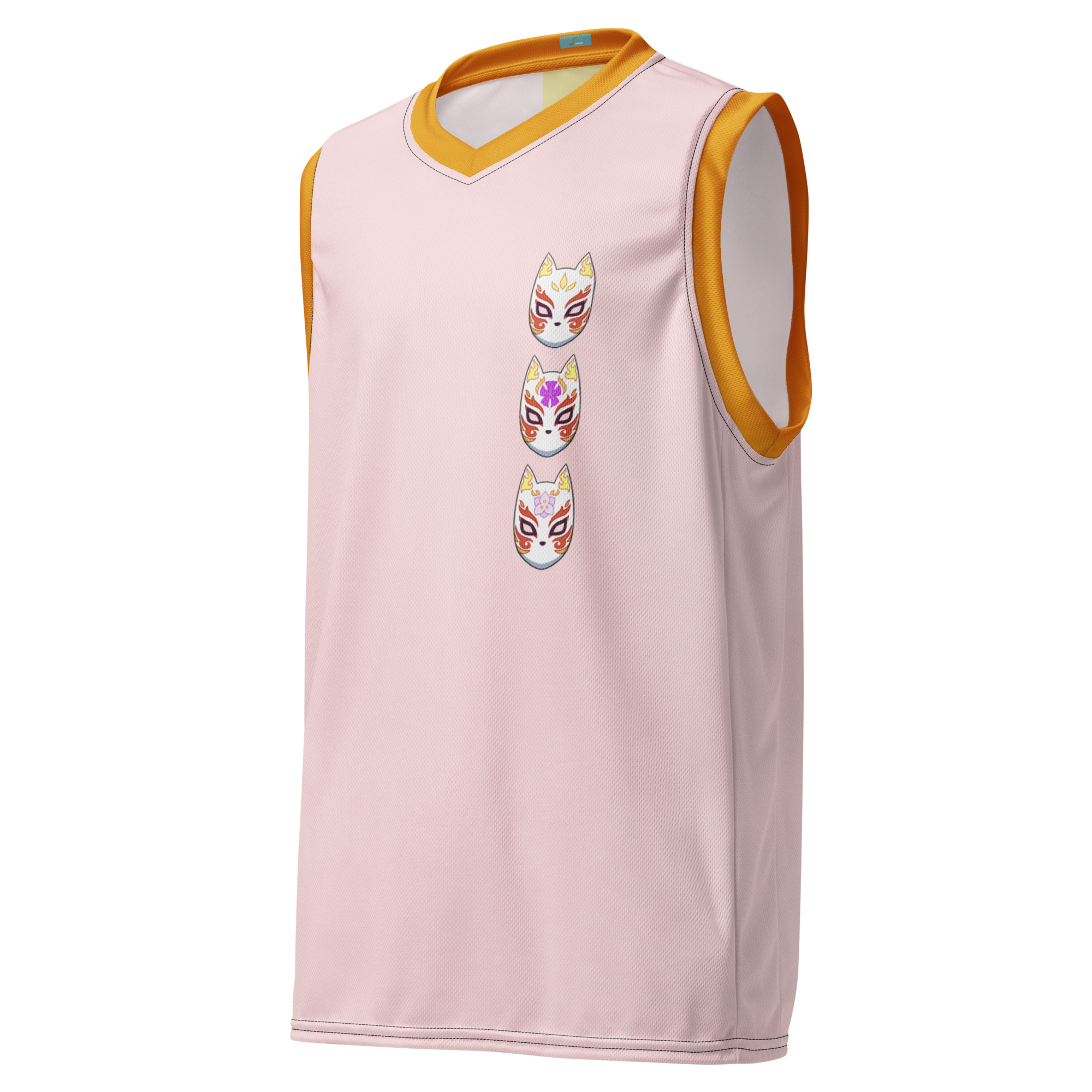
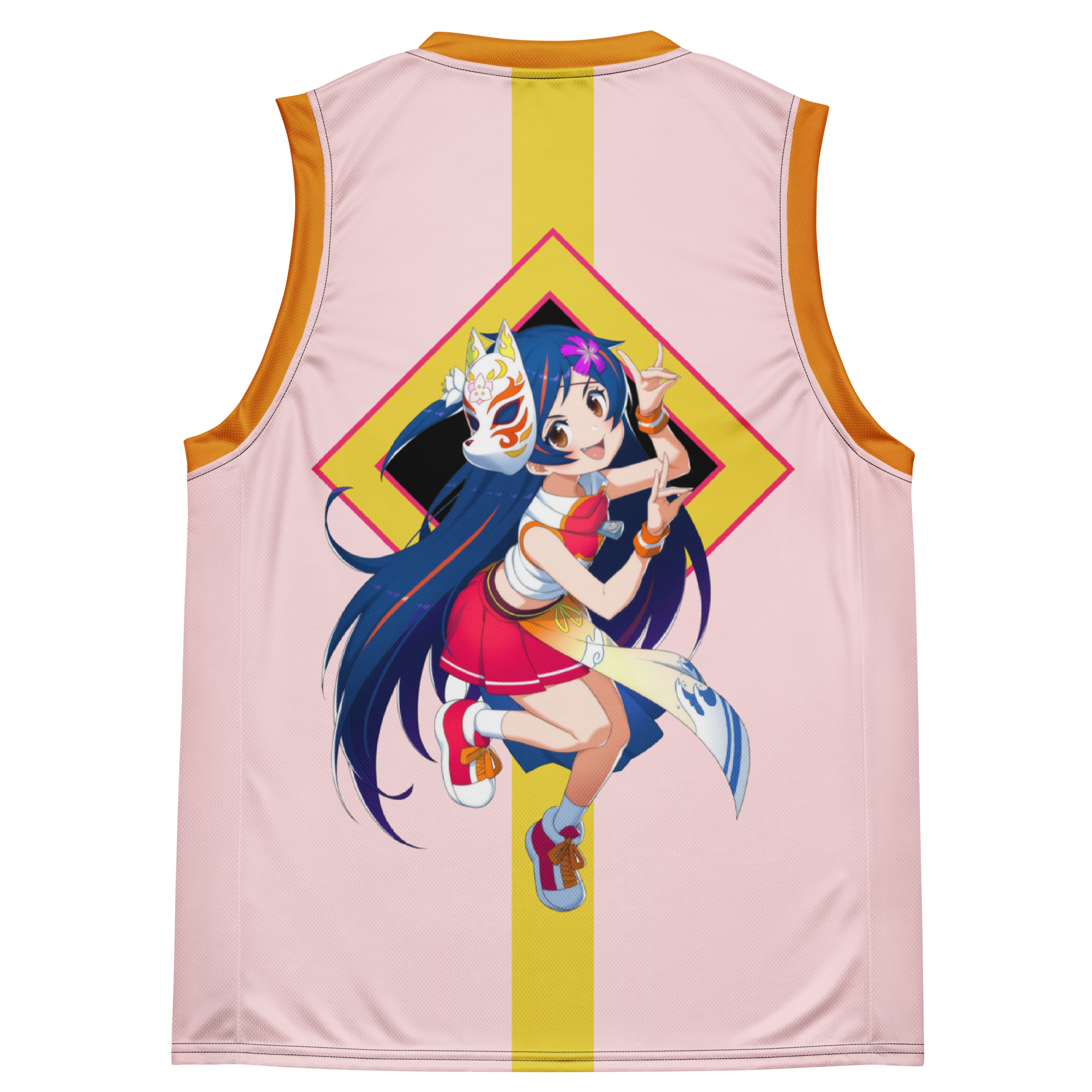
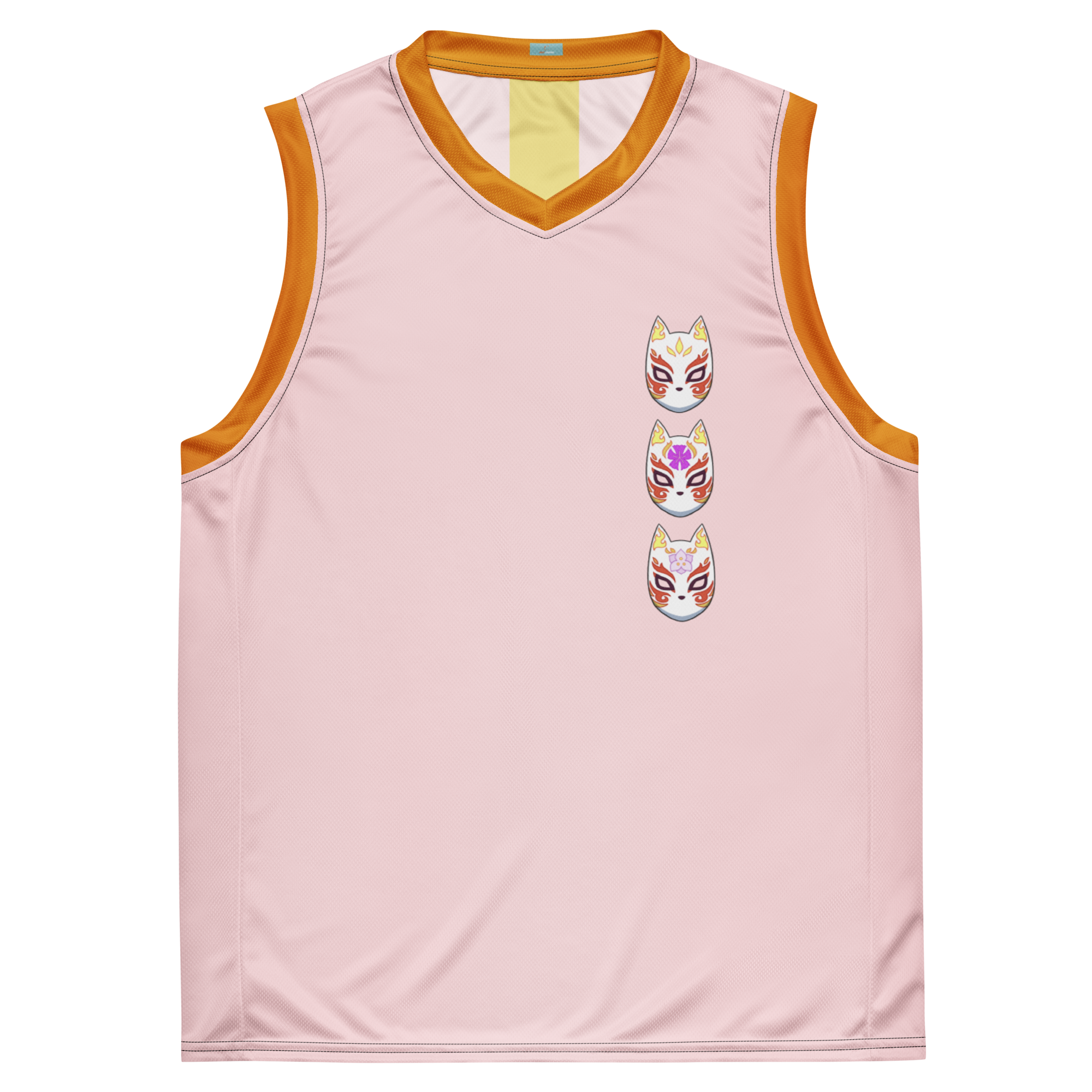
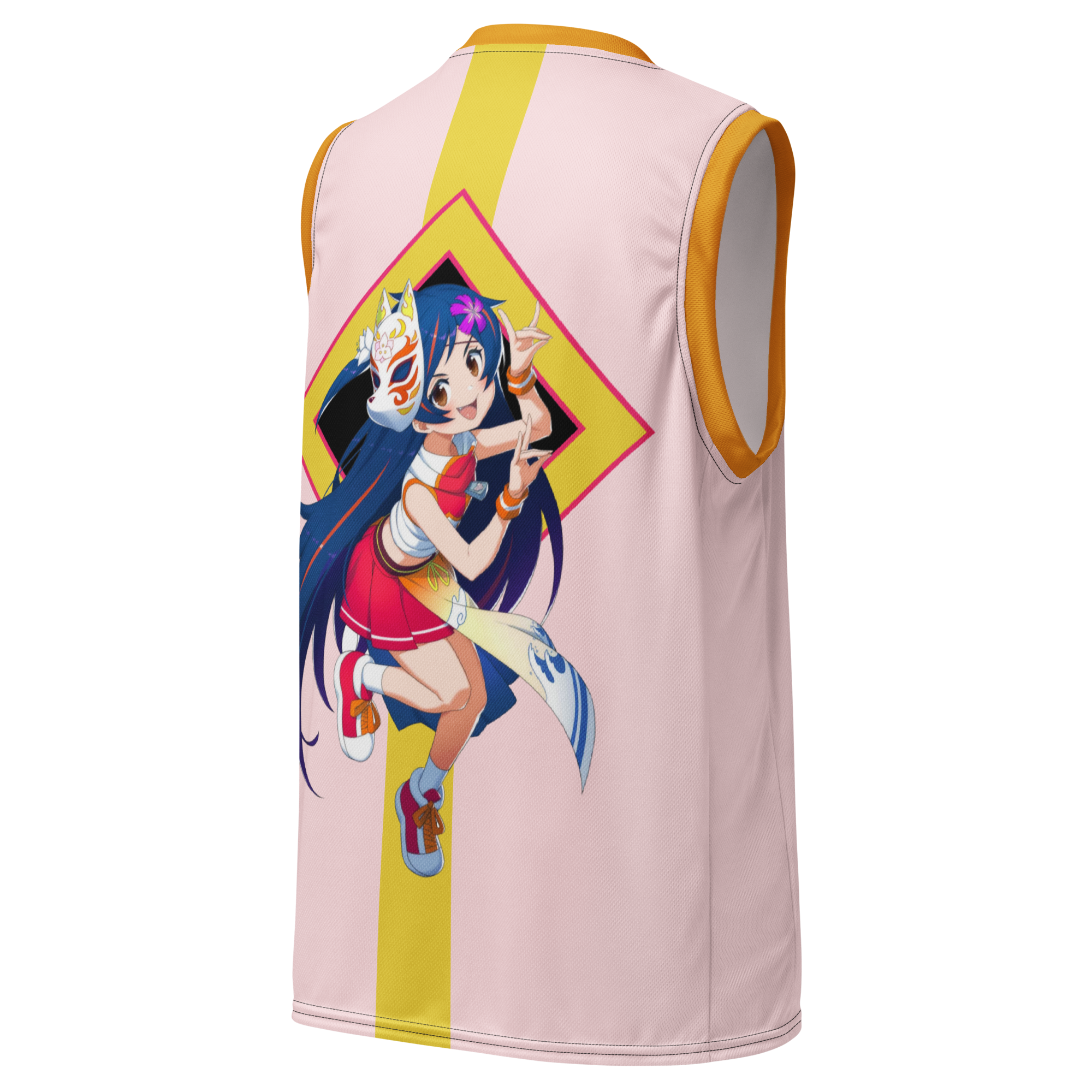
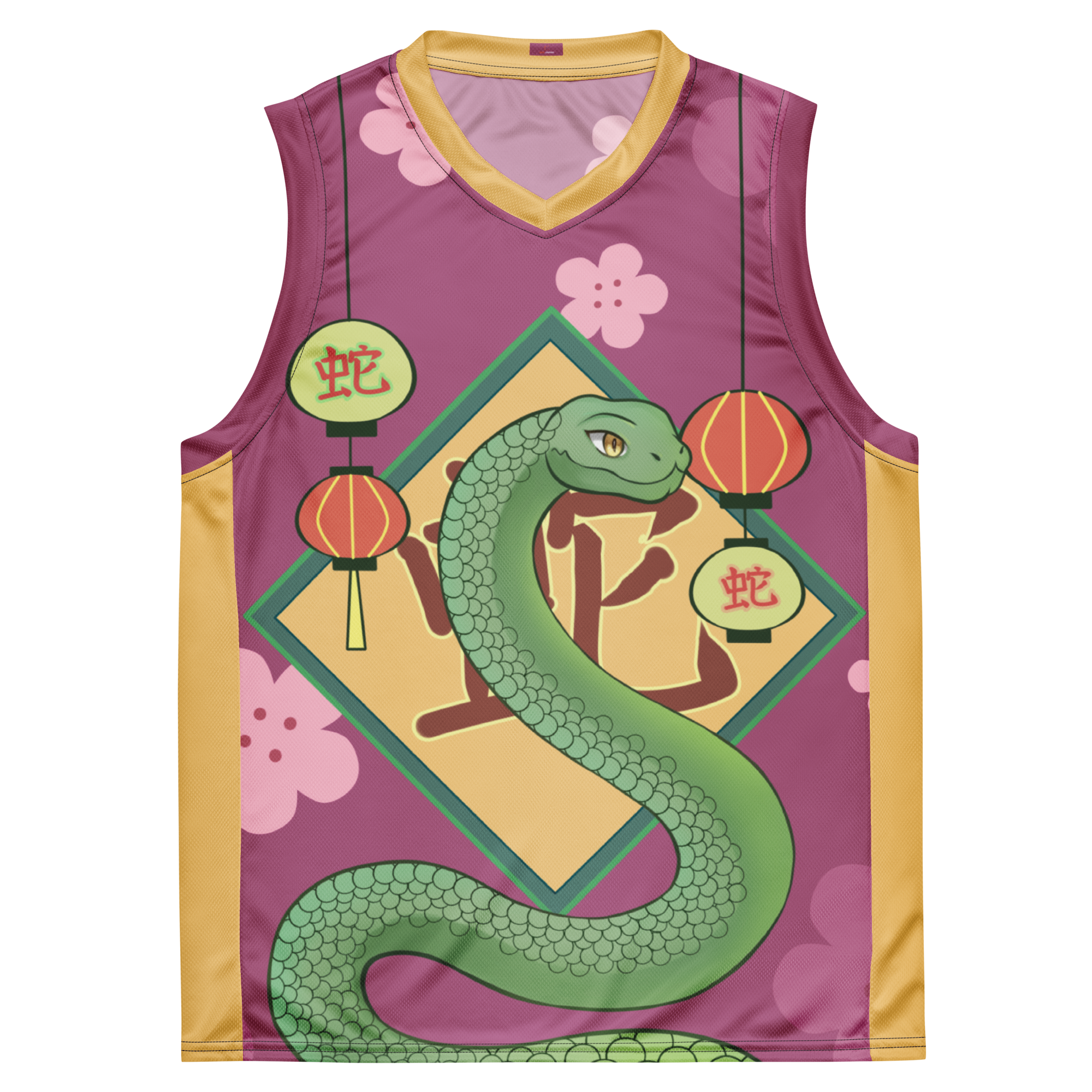
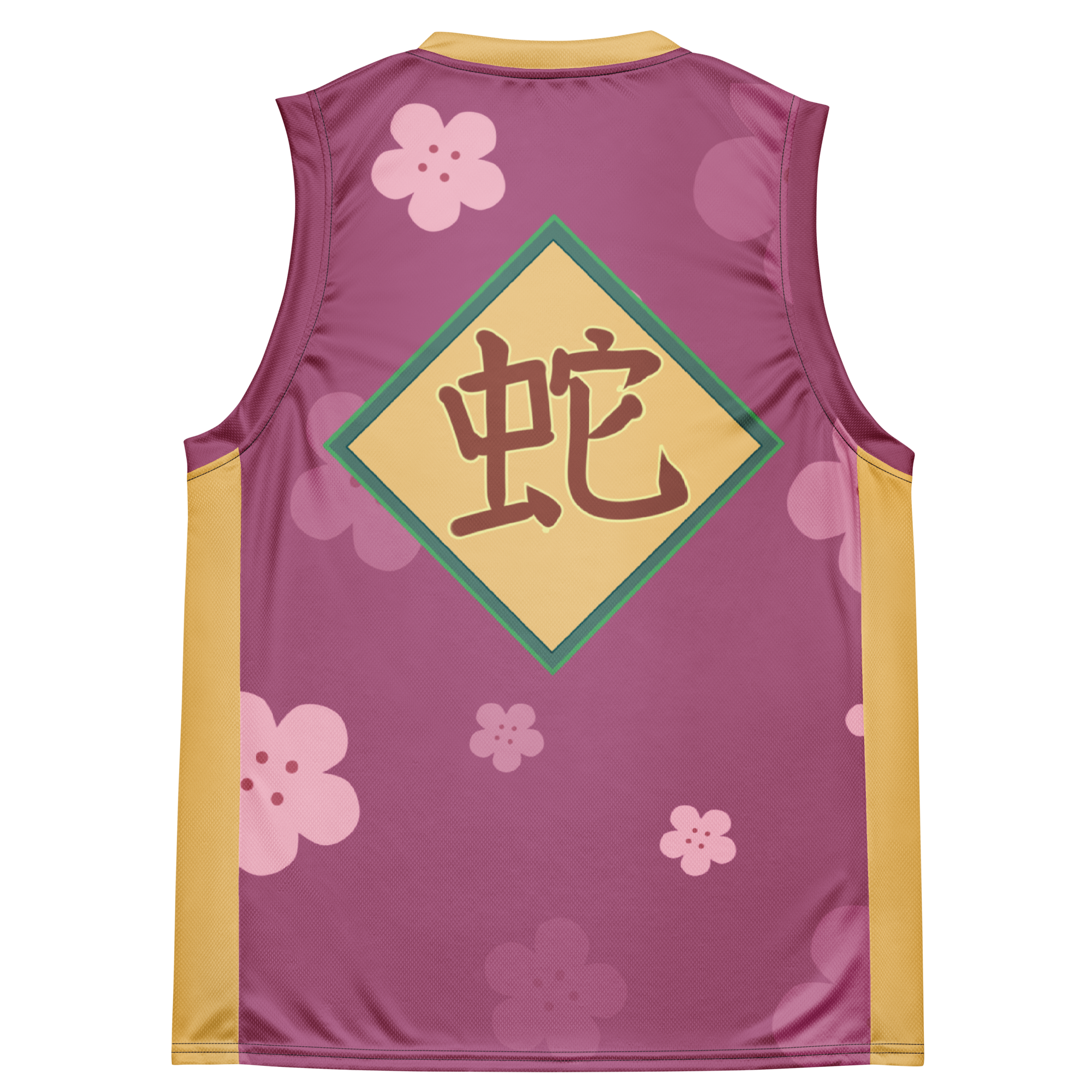
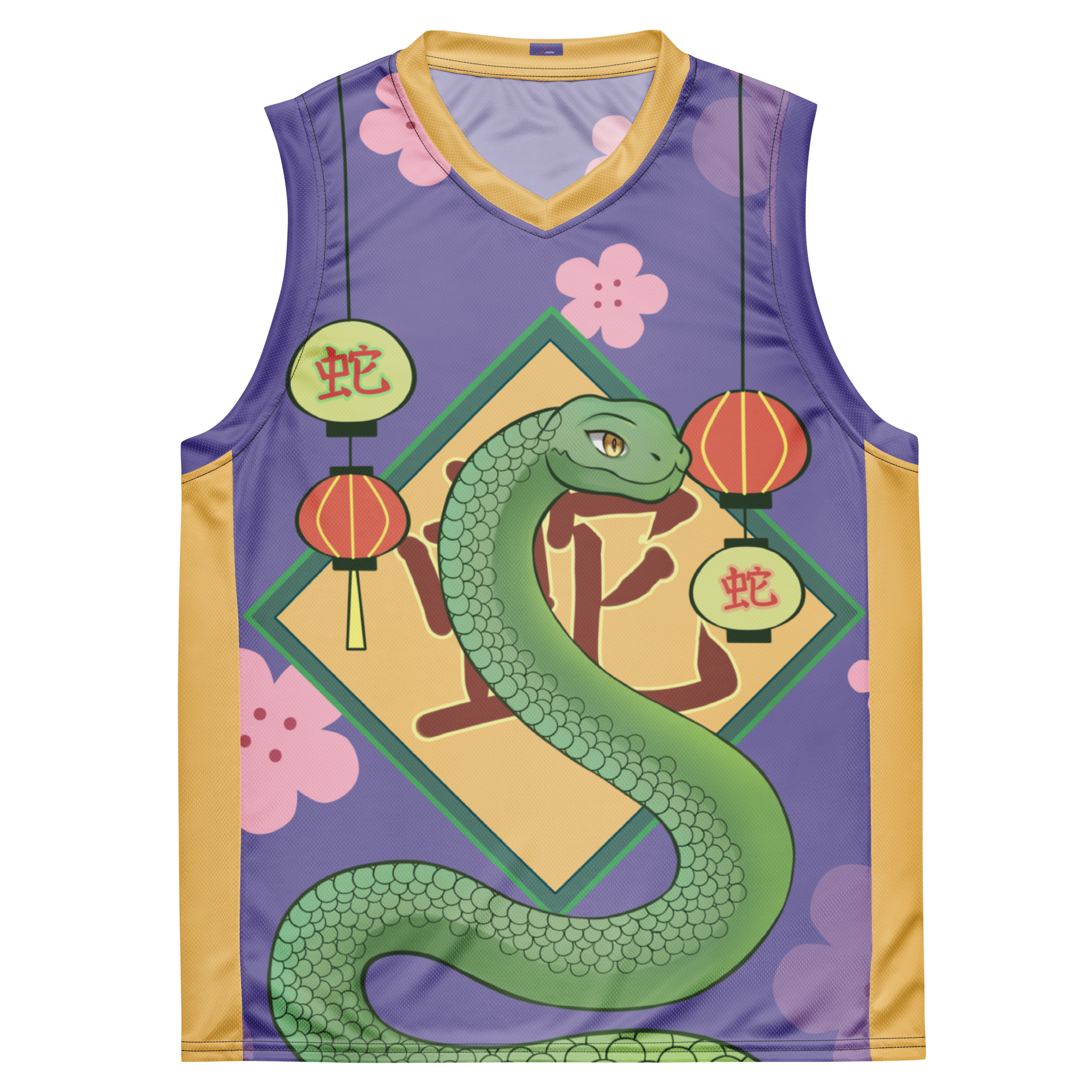
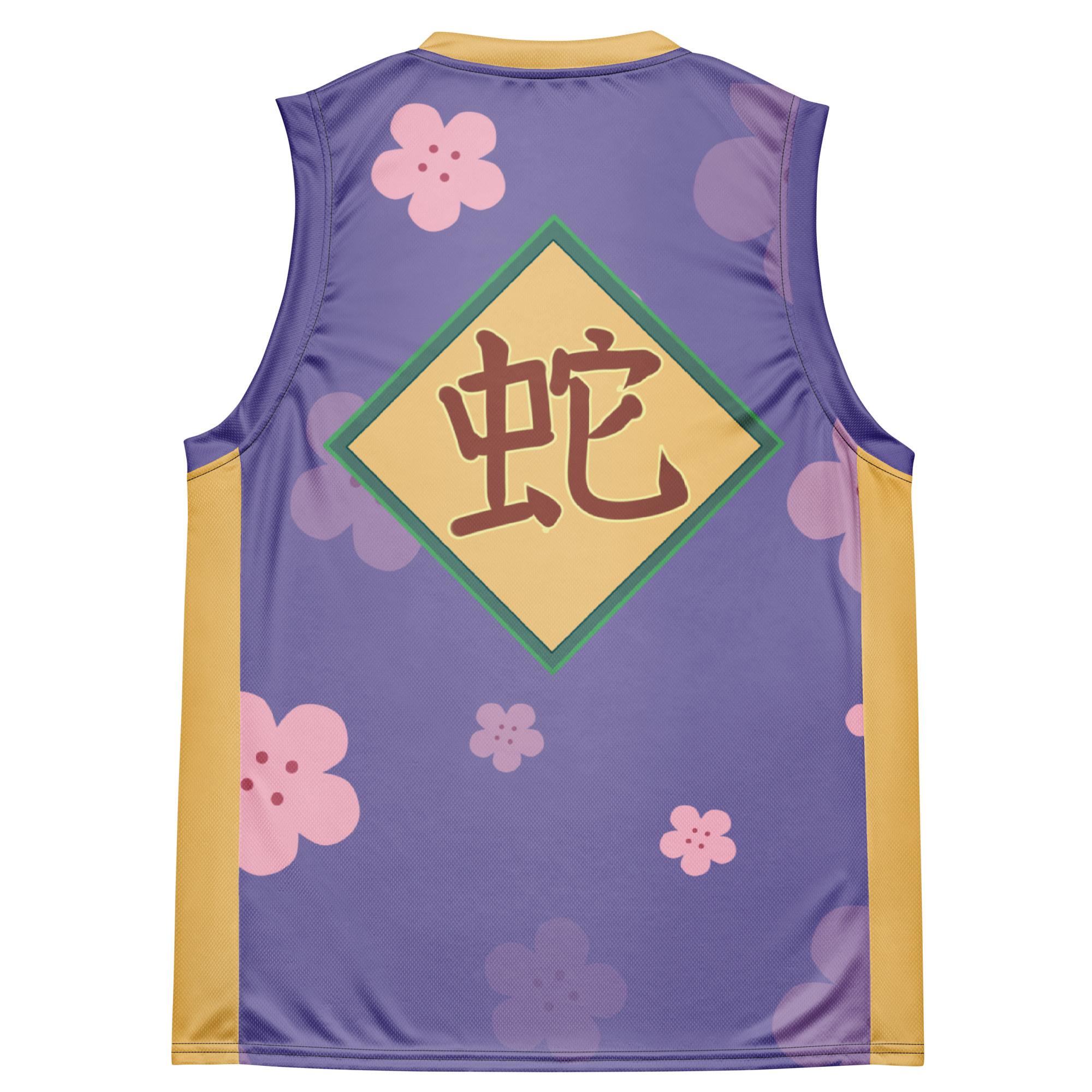
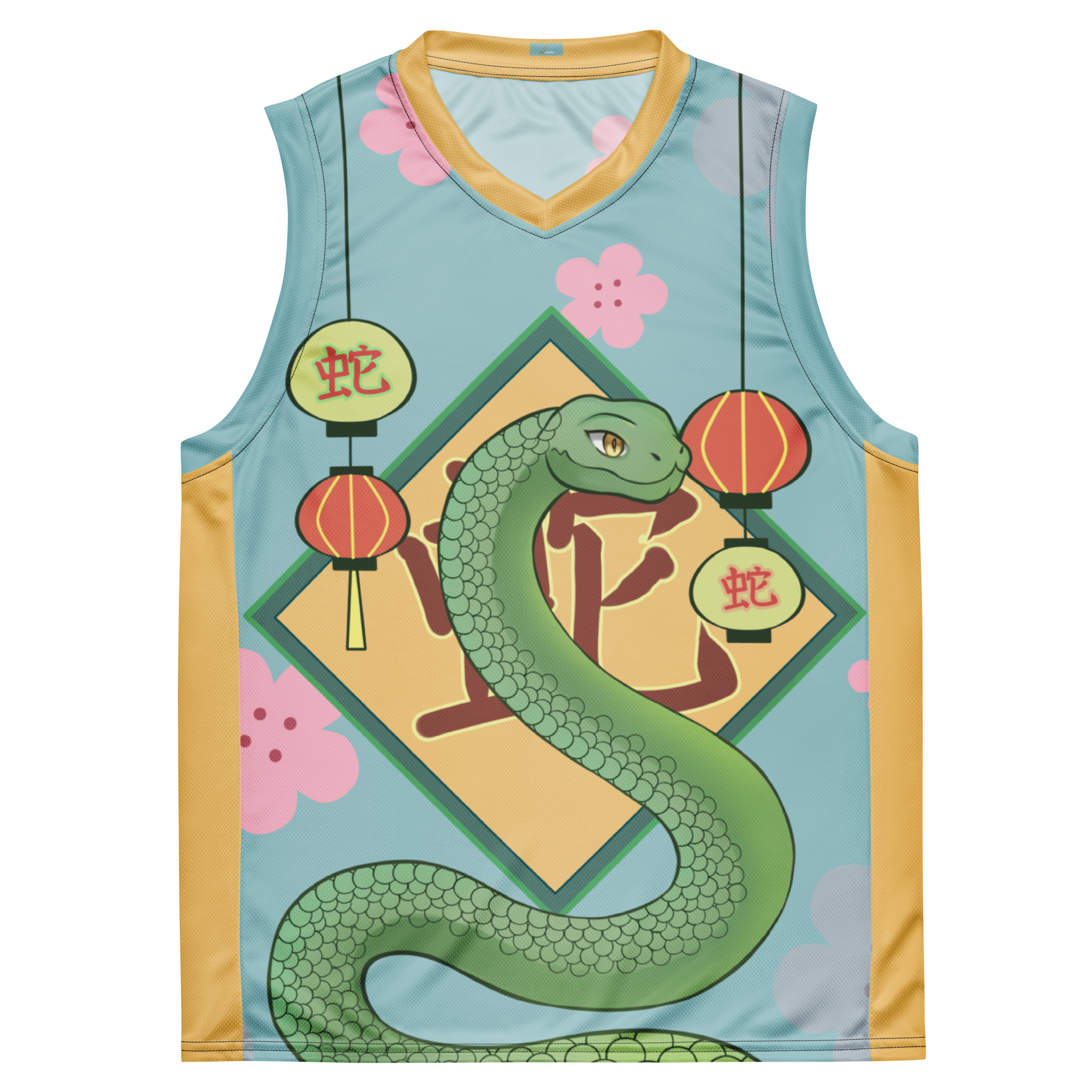
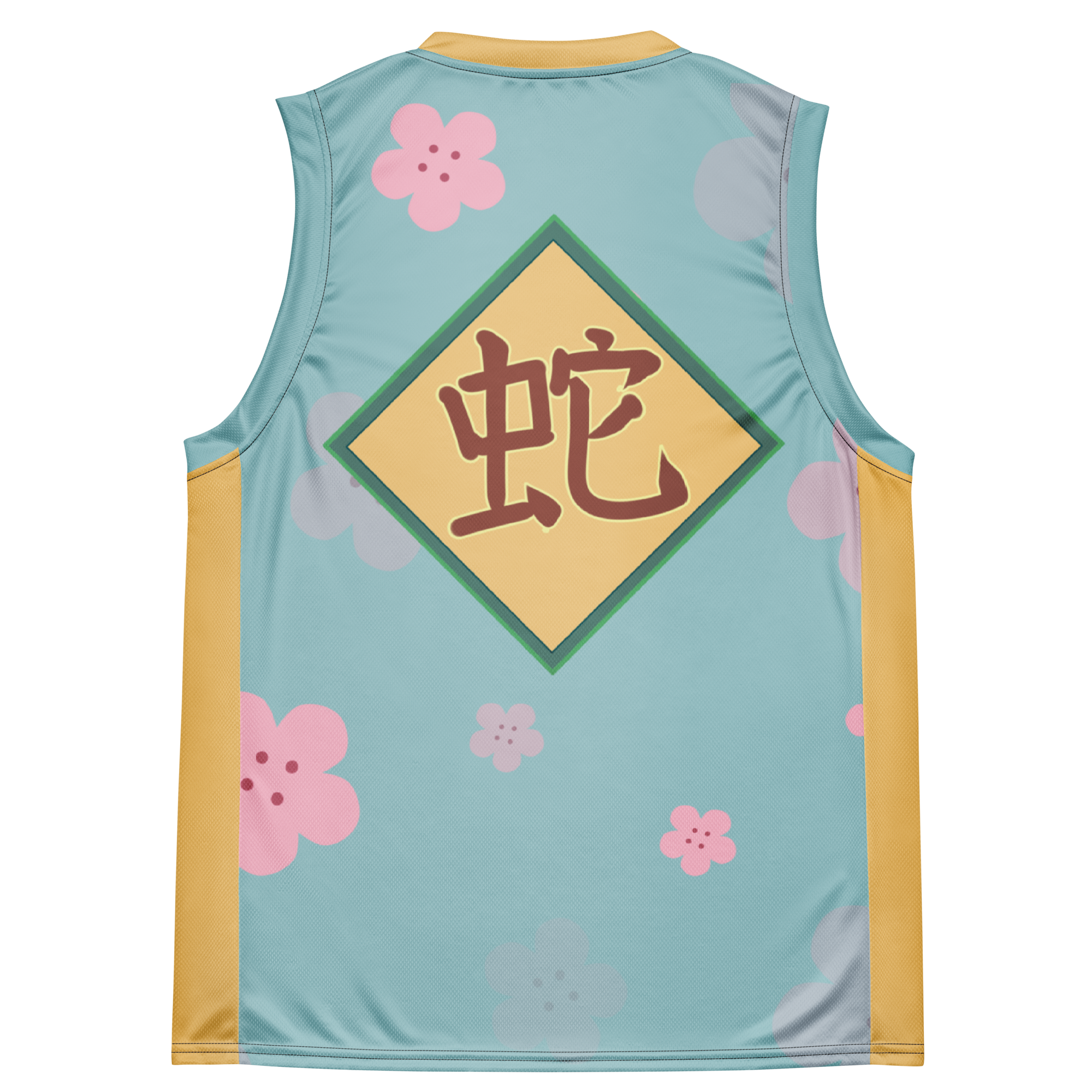
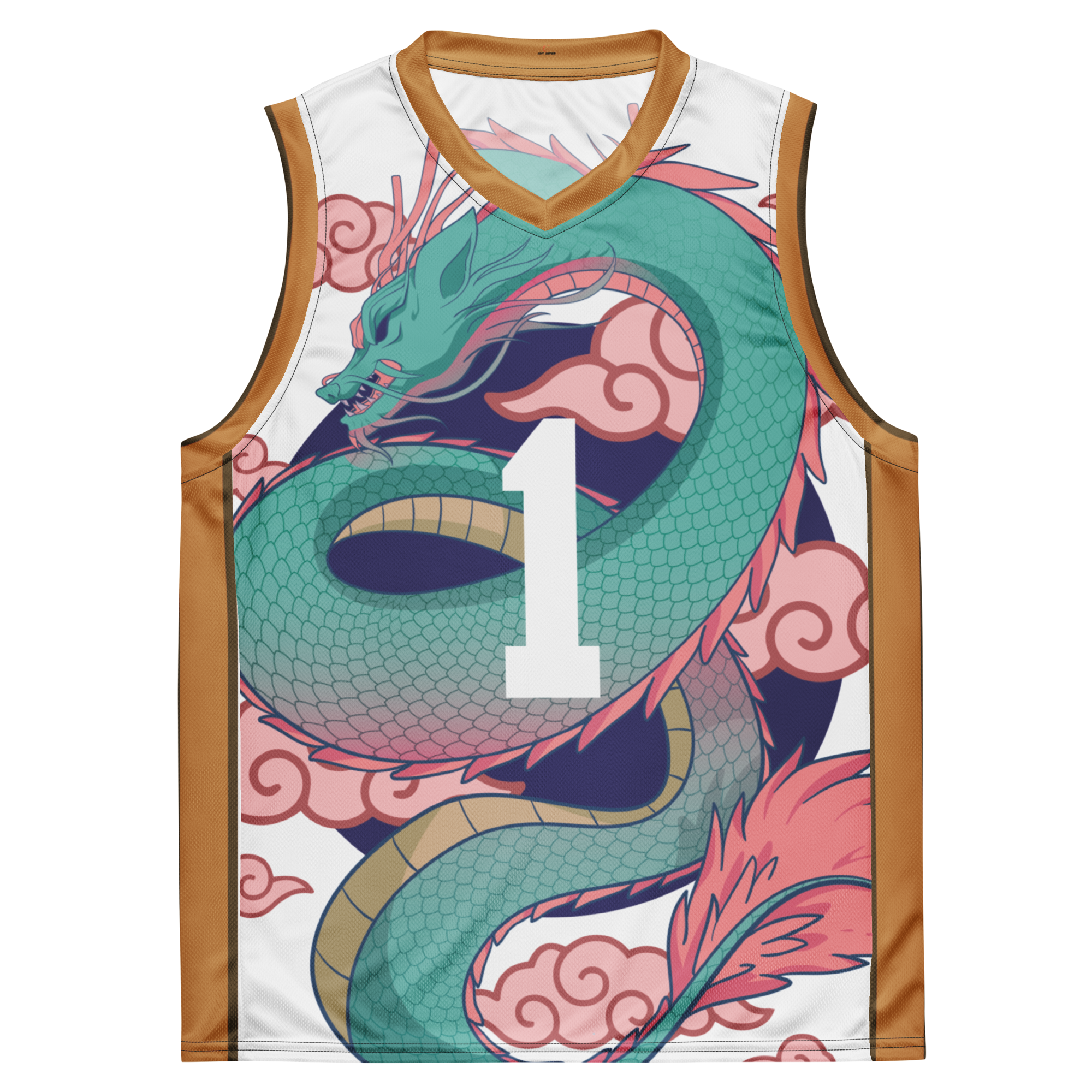
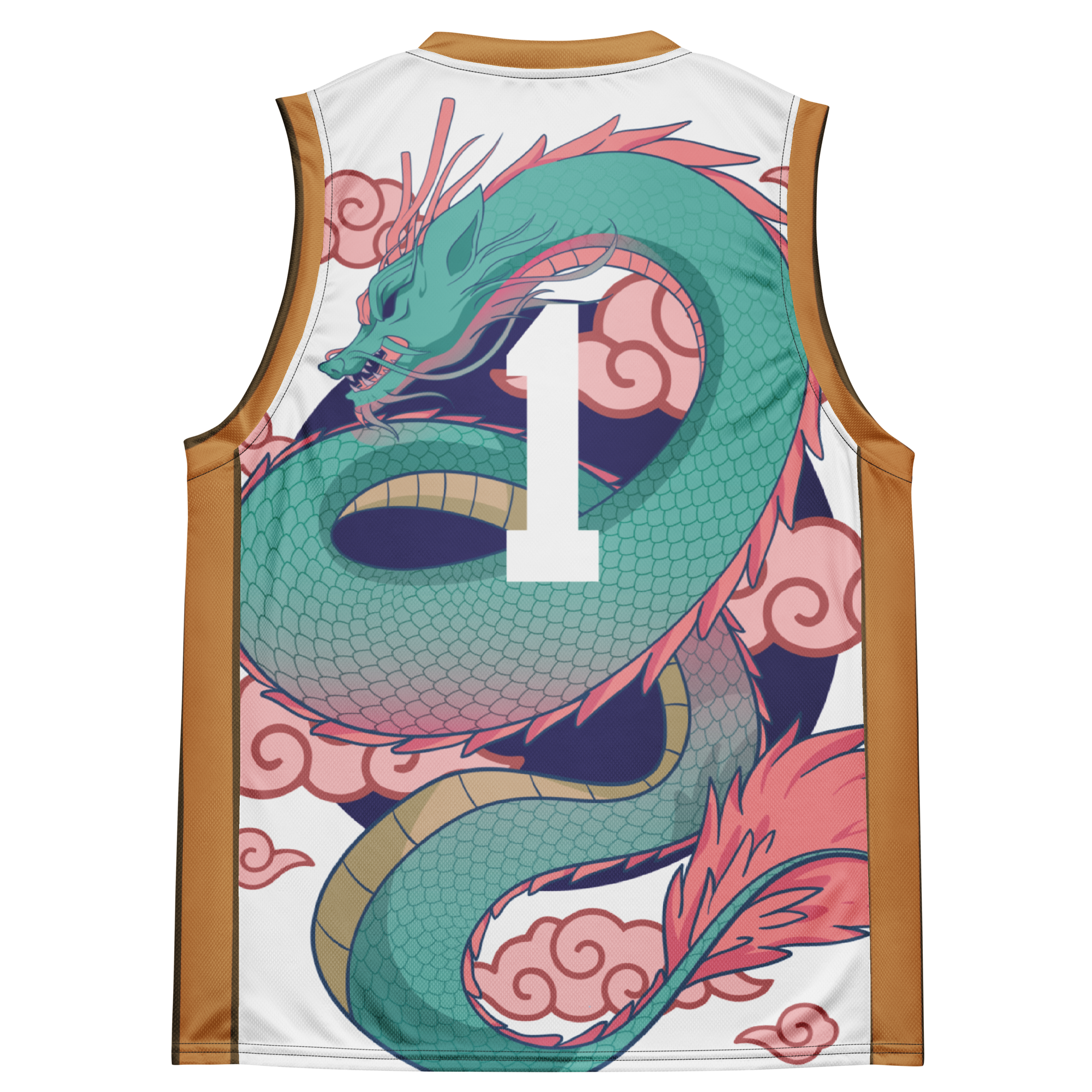
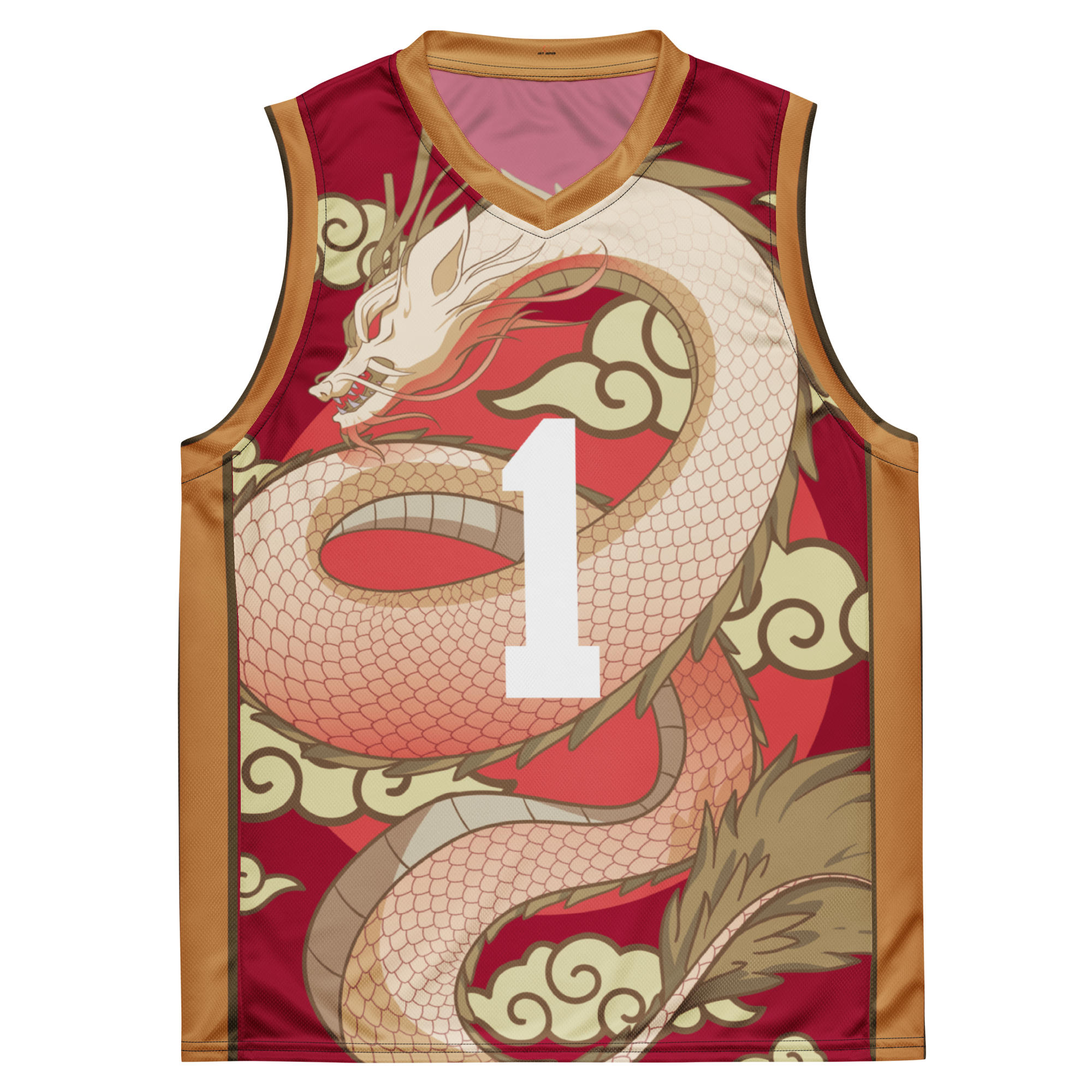
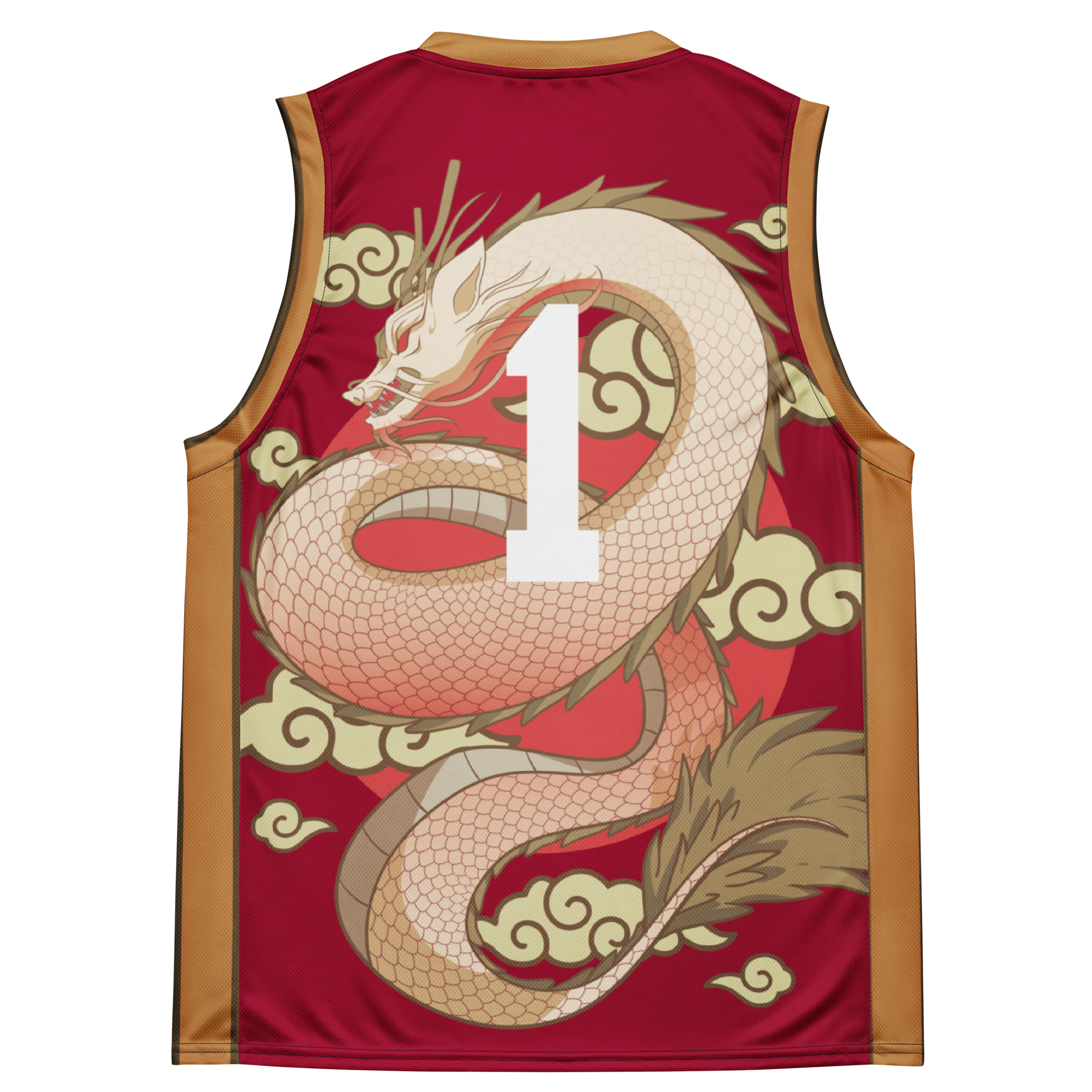
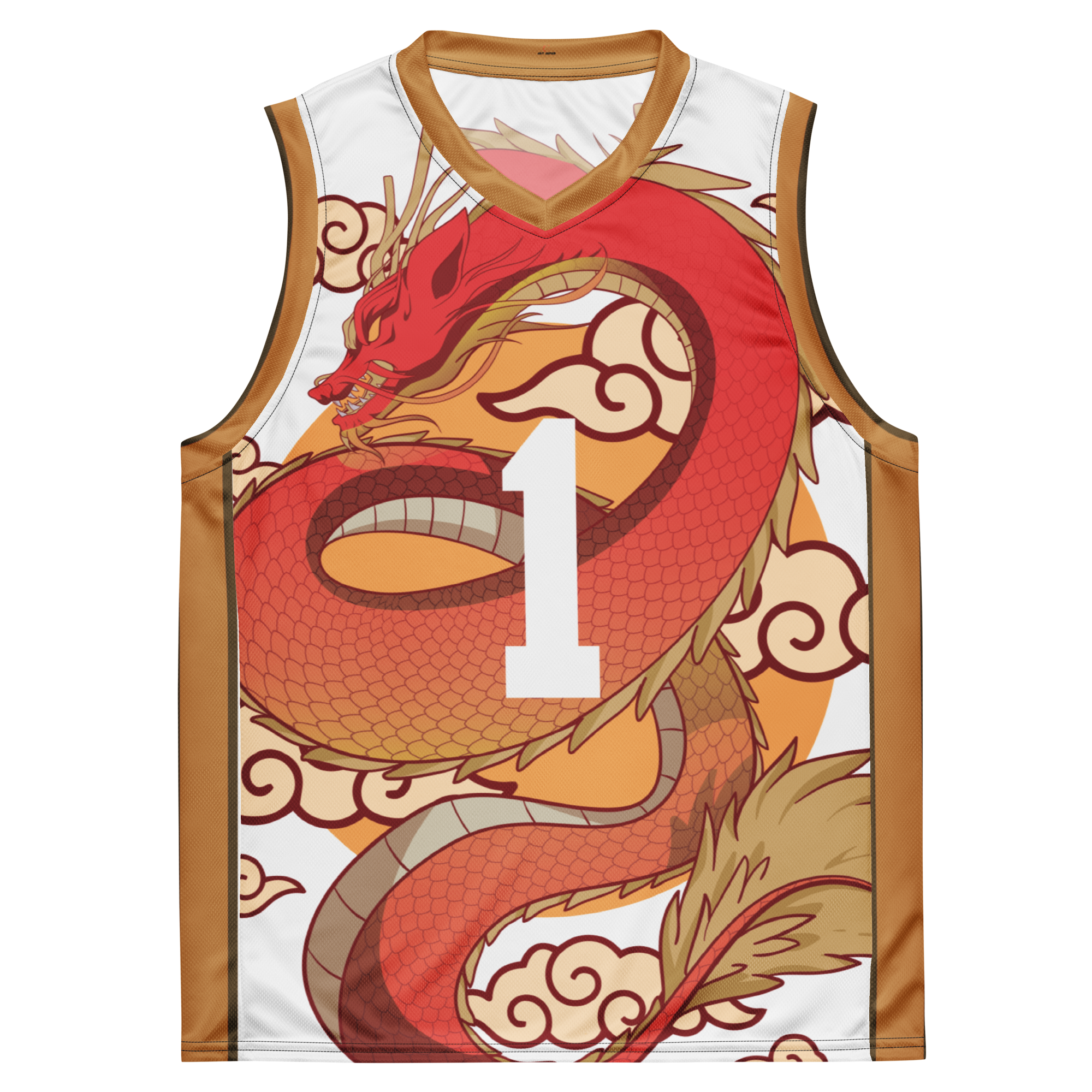
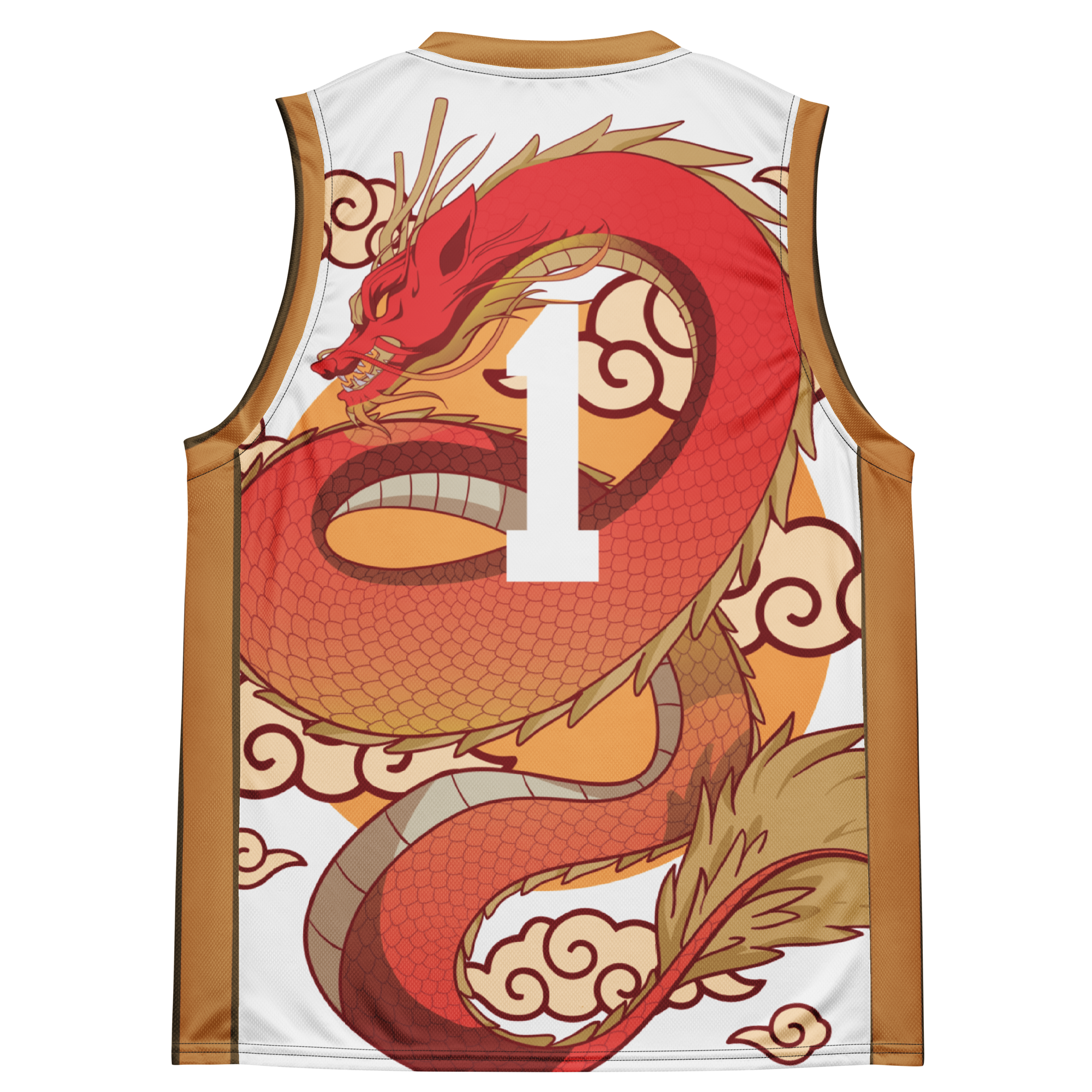
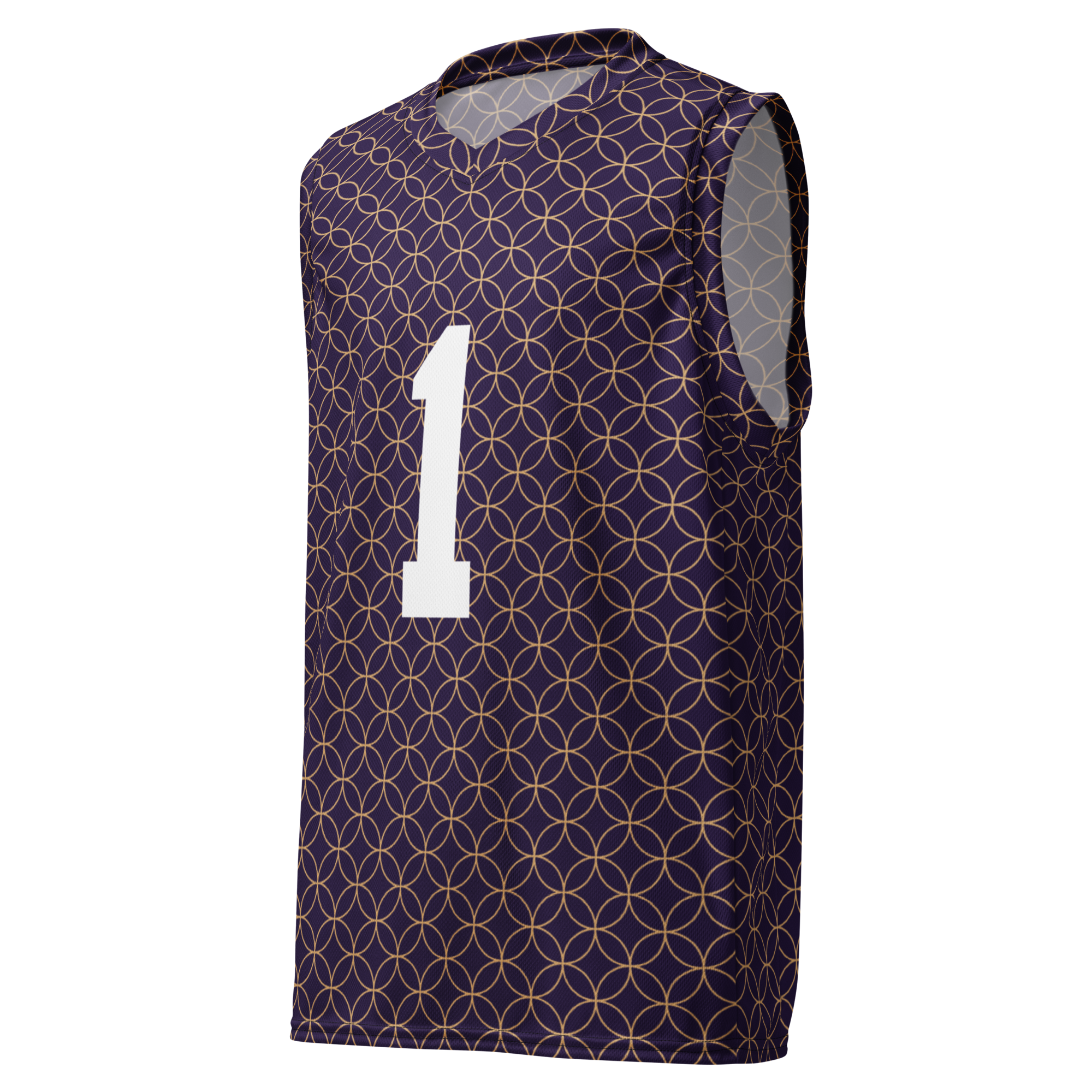
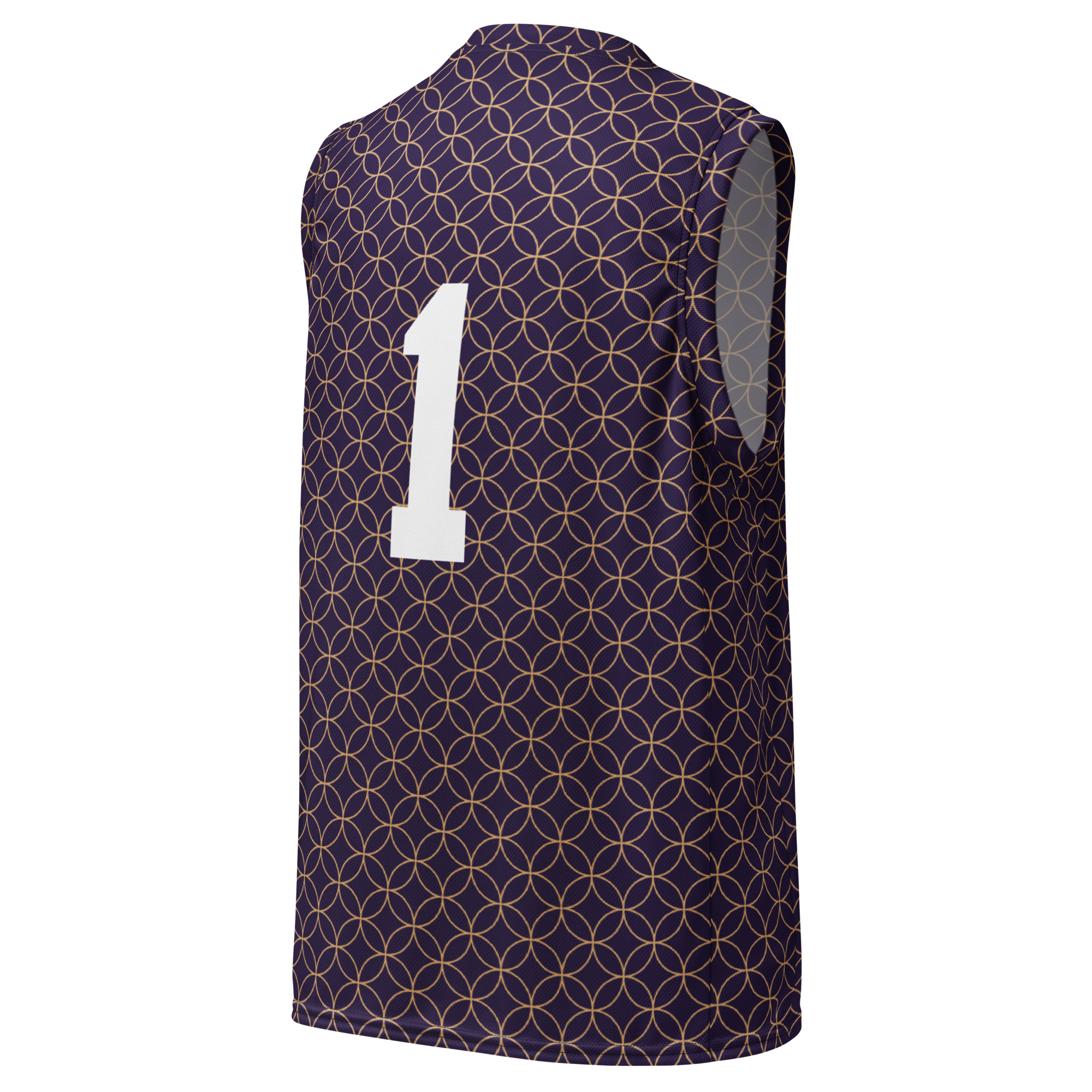
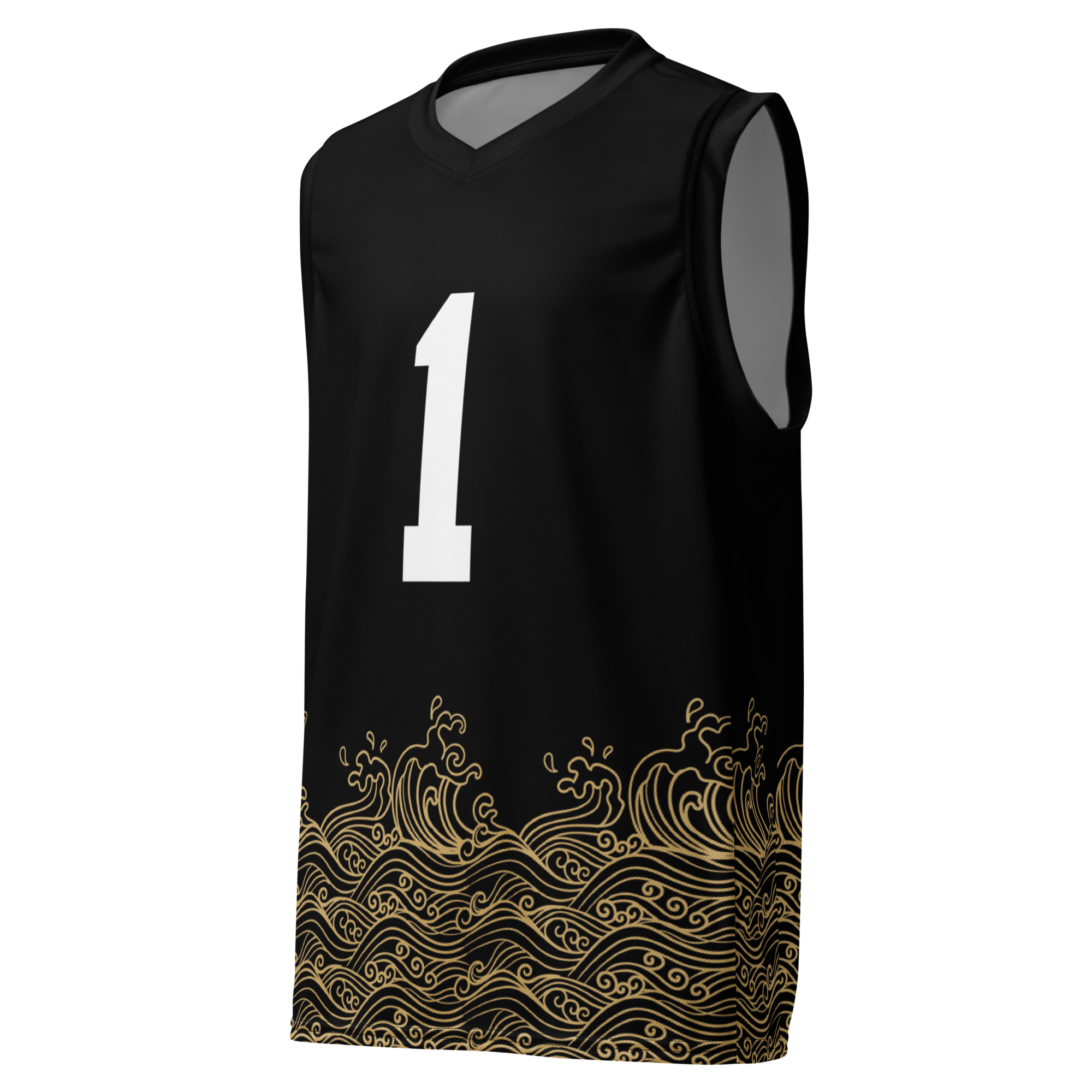
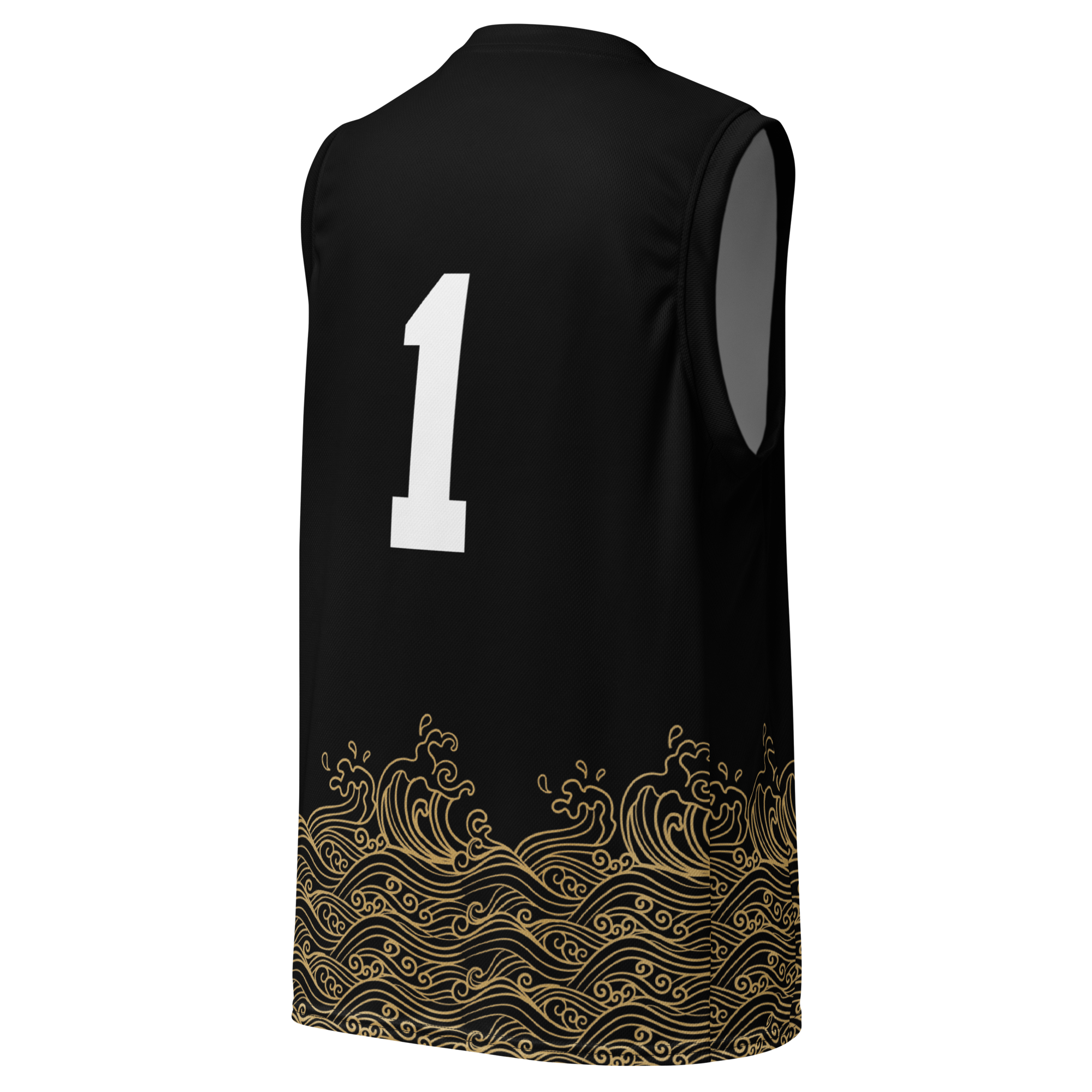
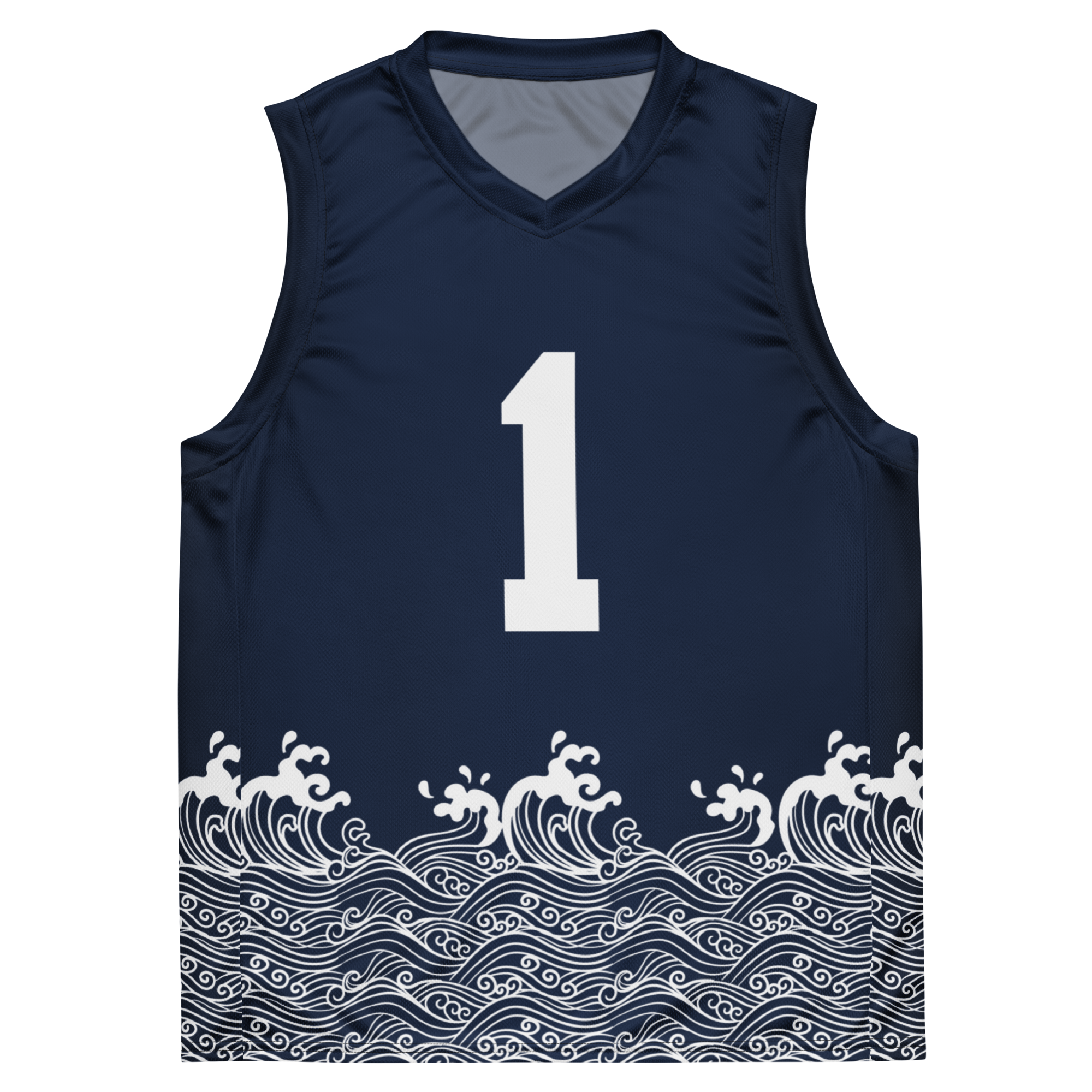
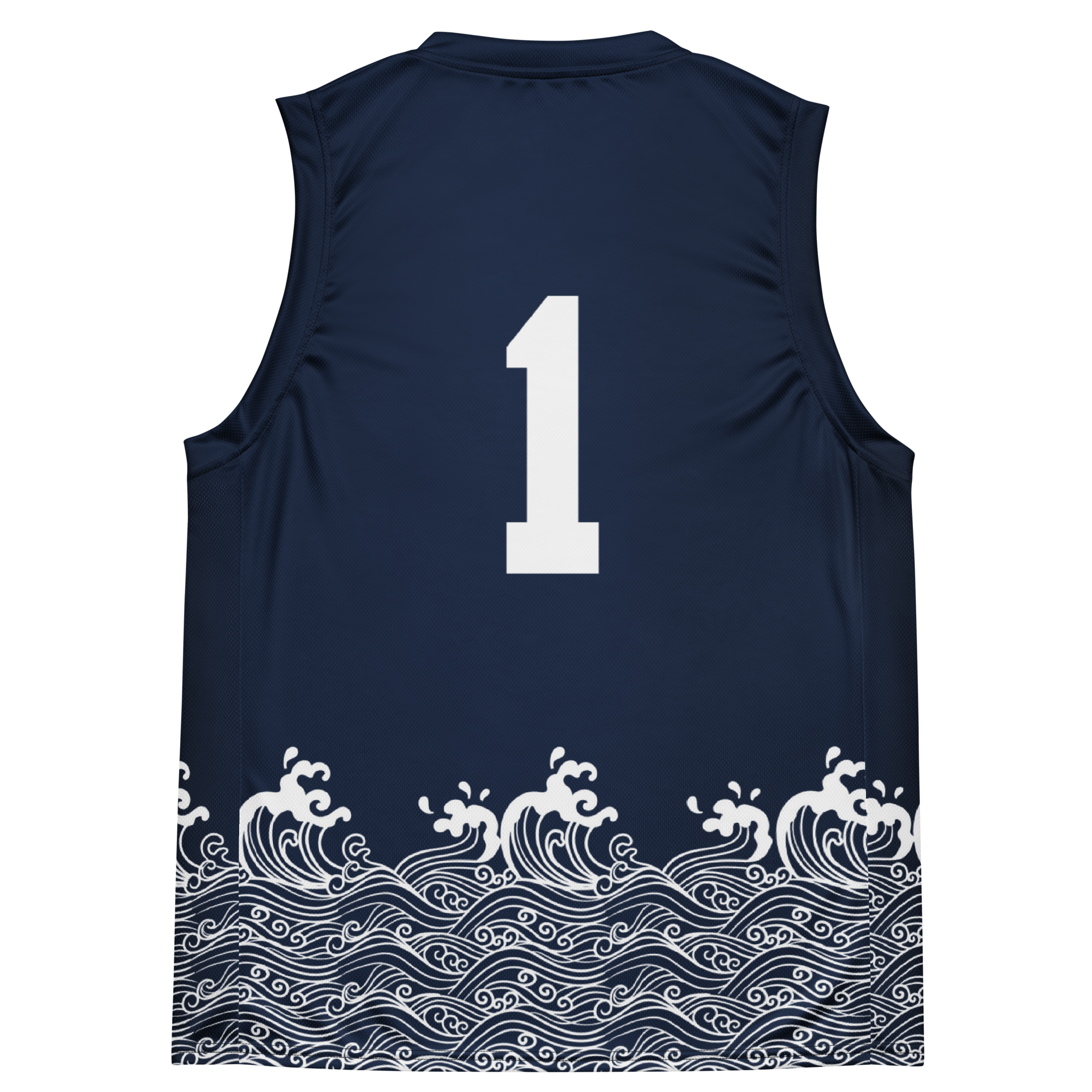
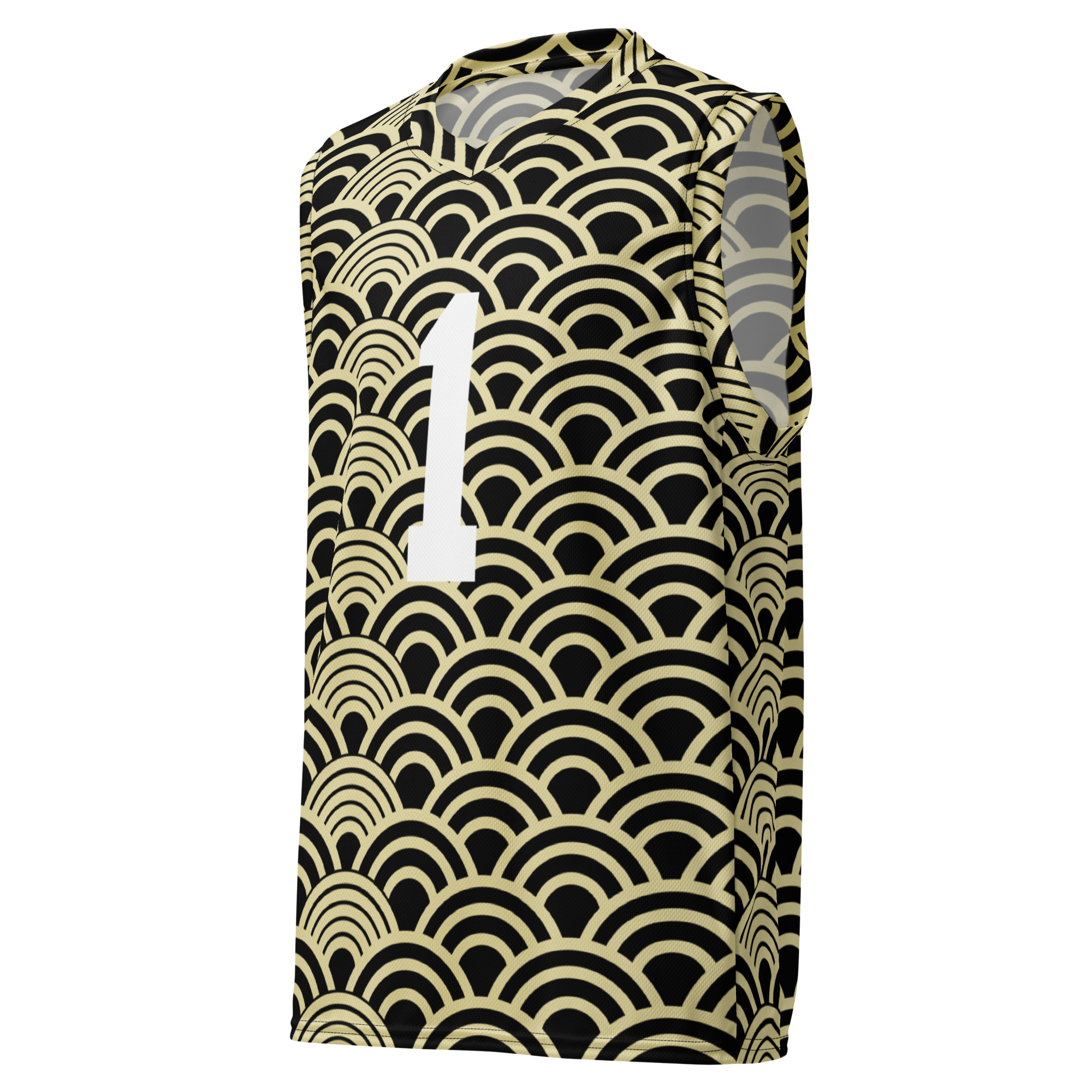
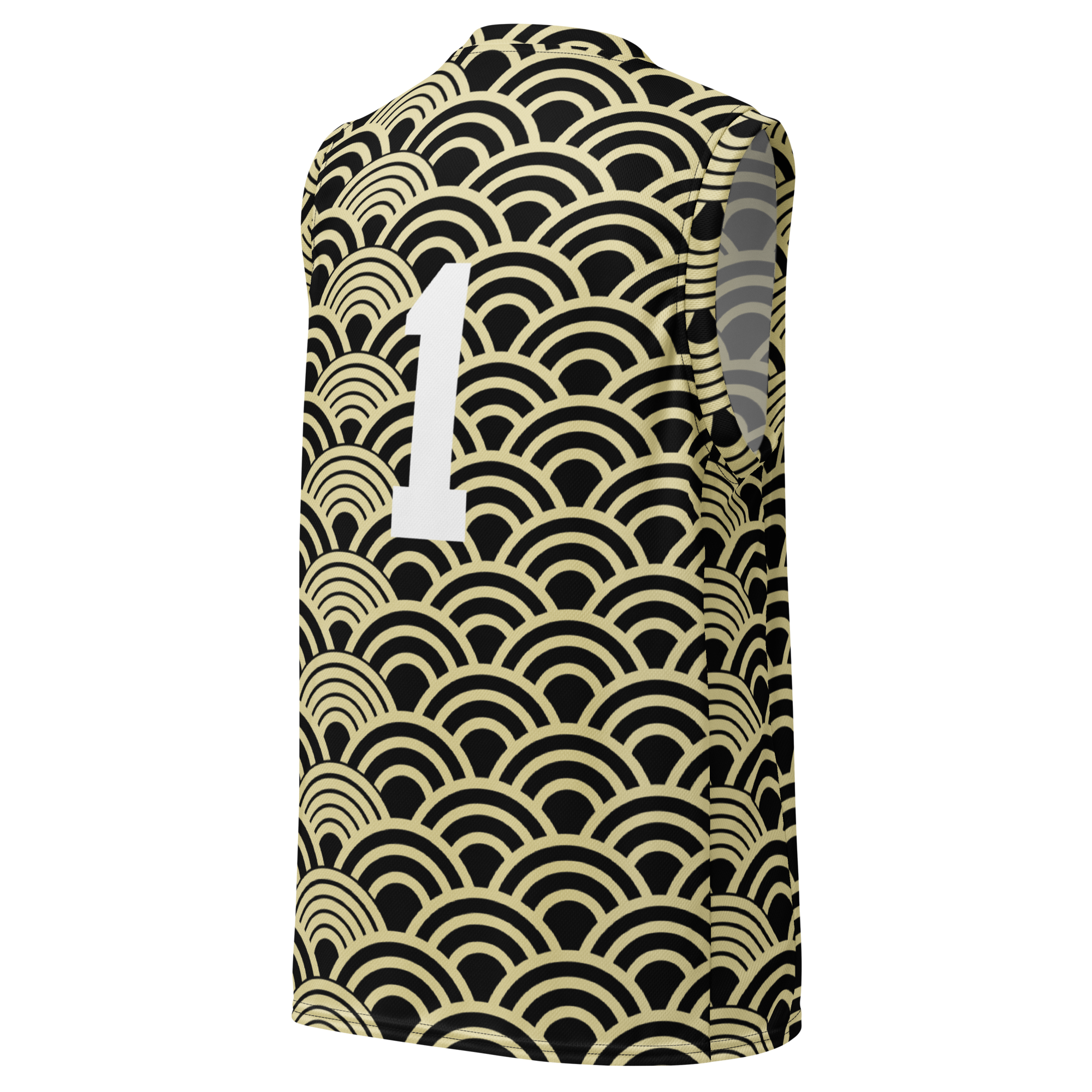
Leave a comment